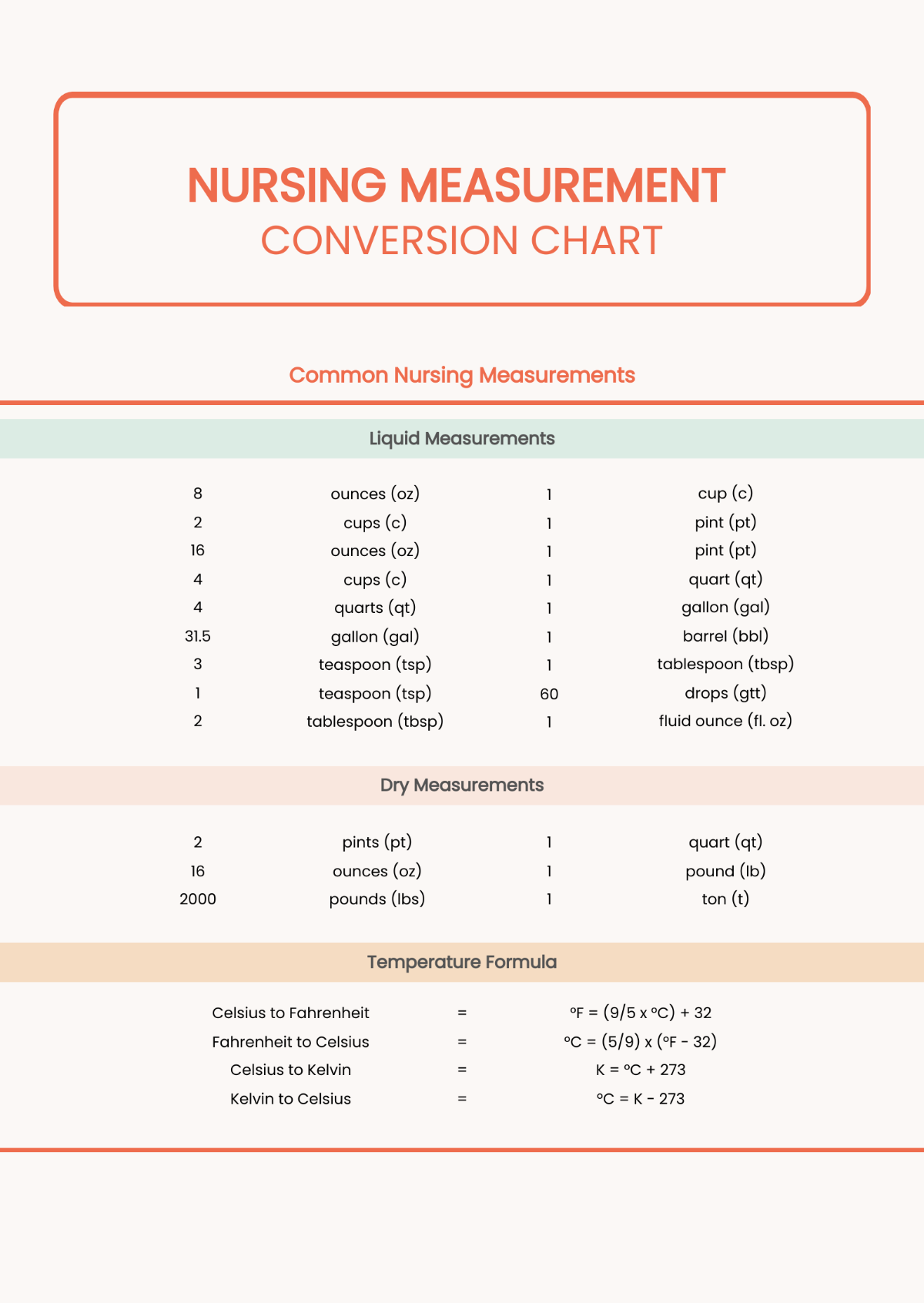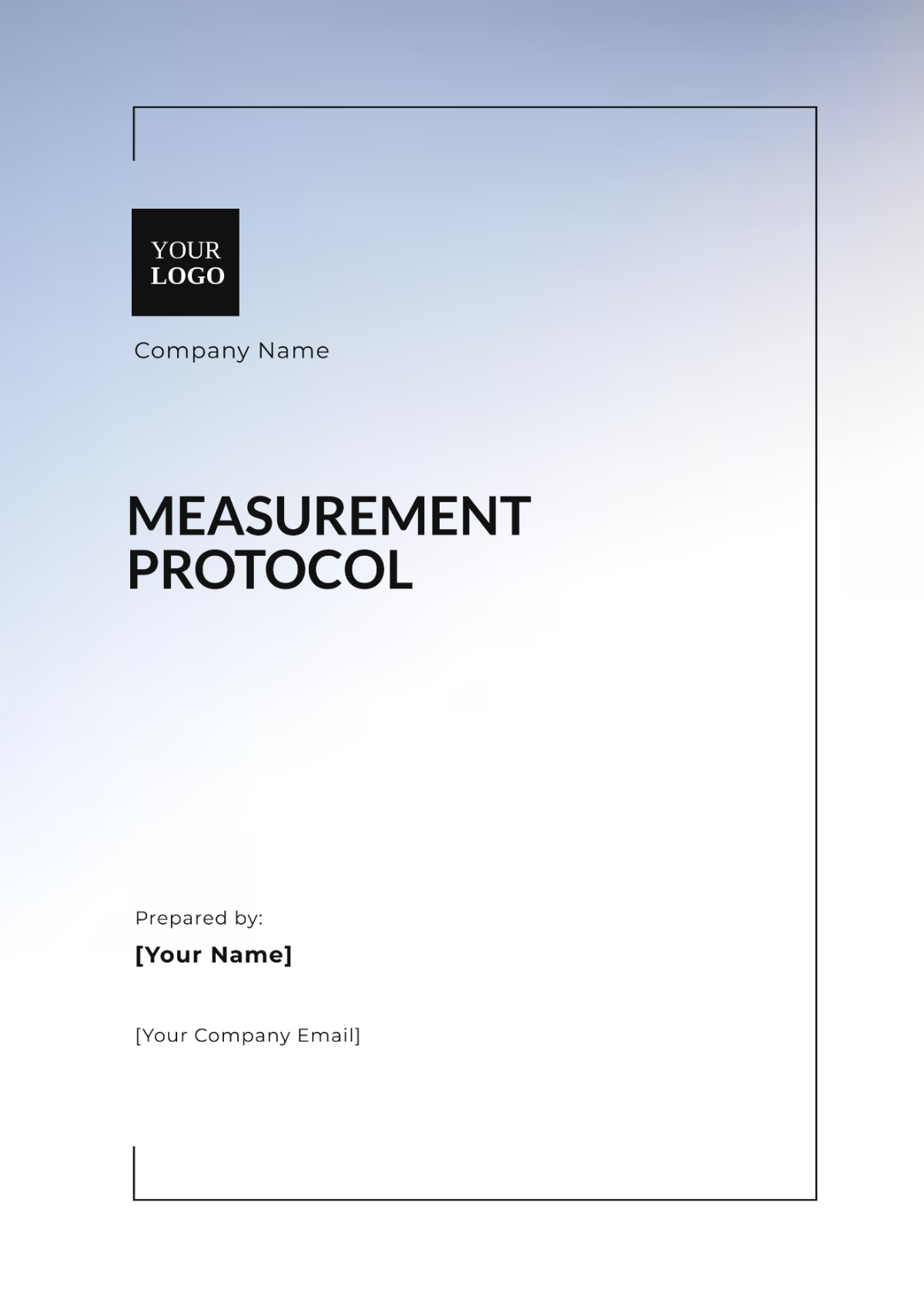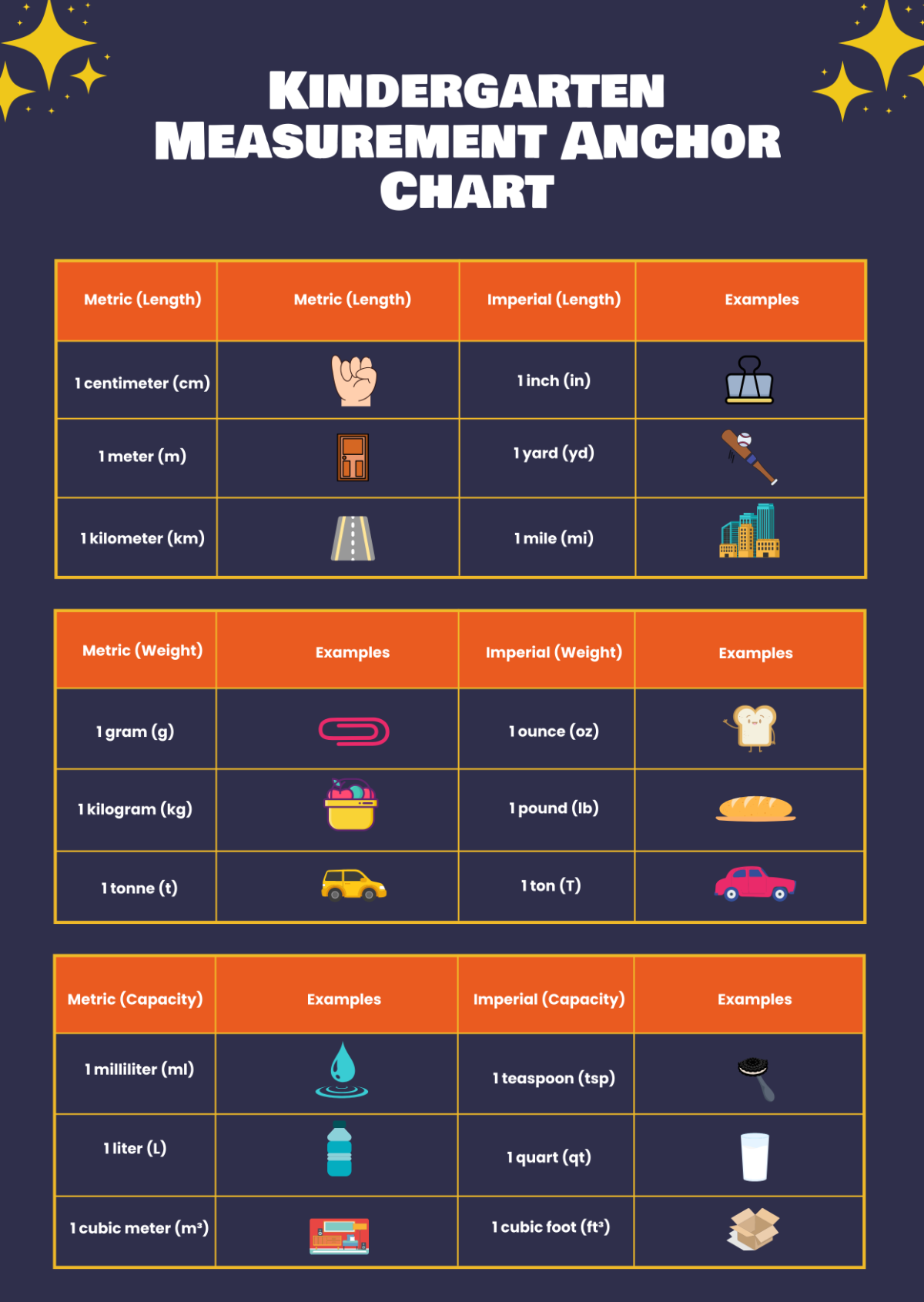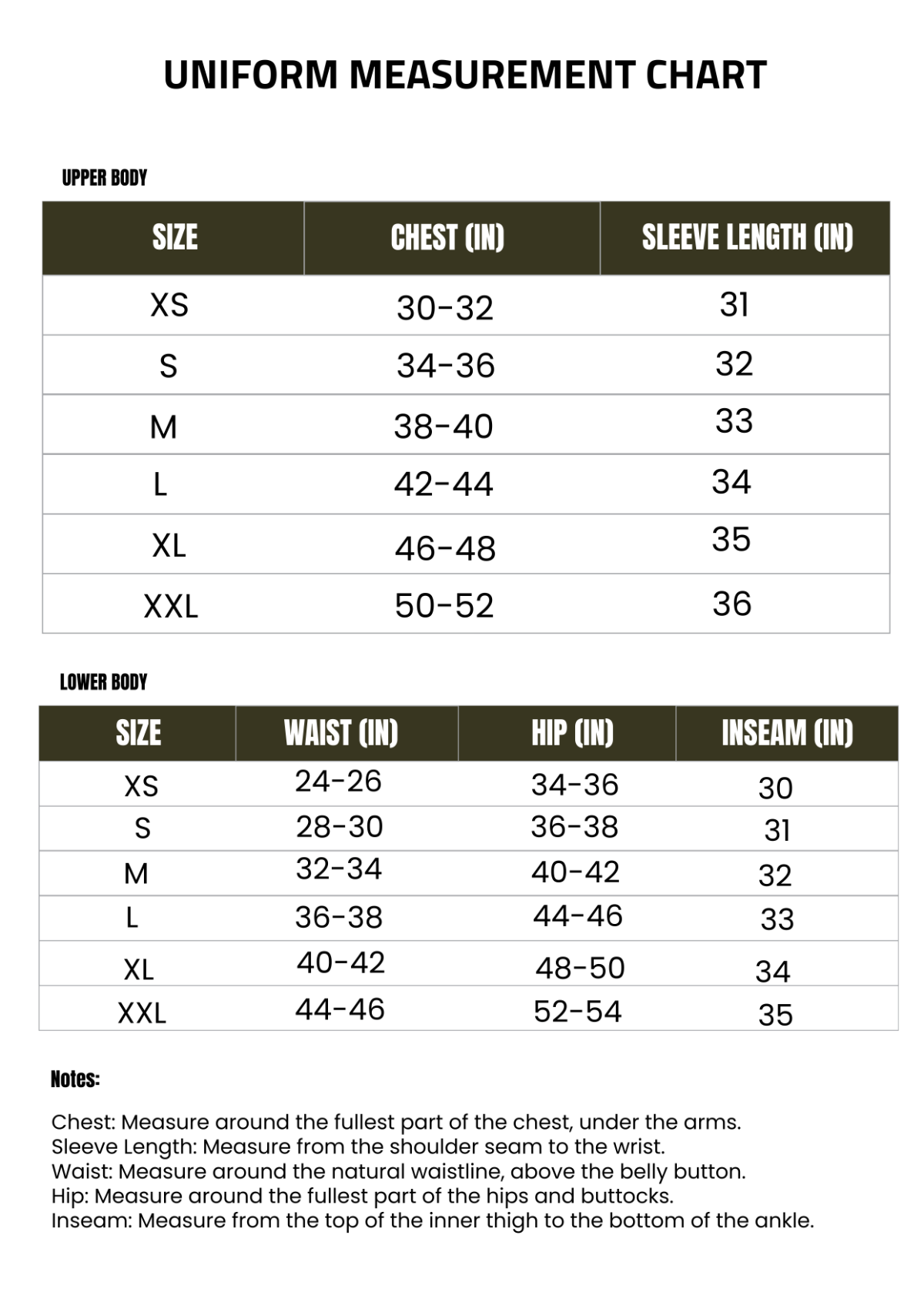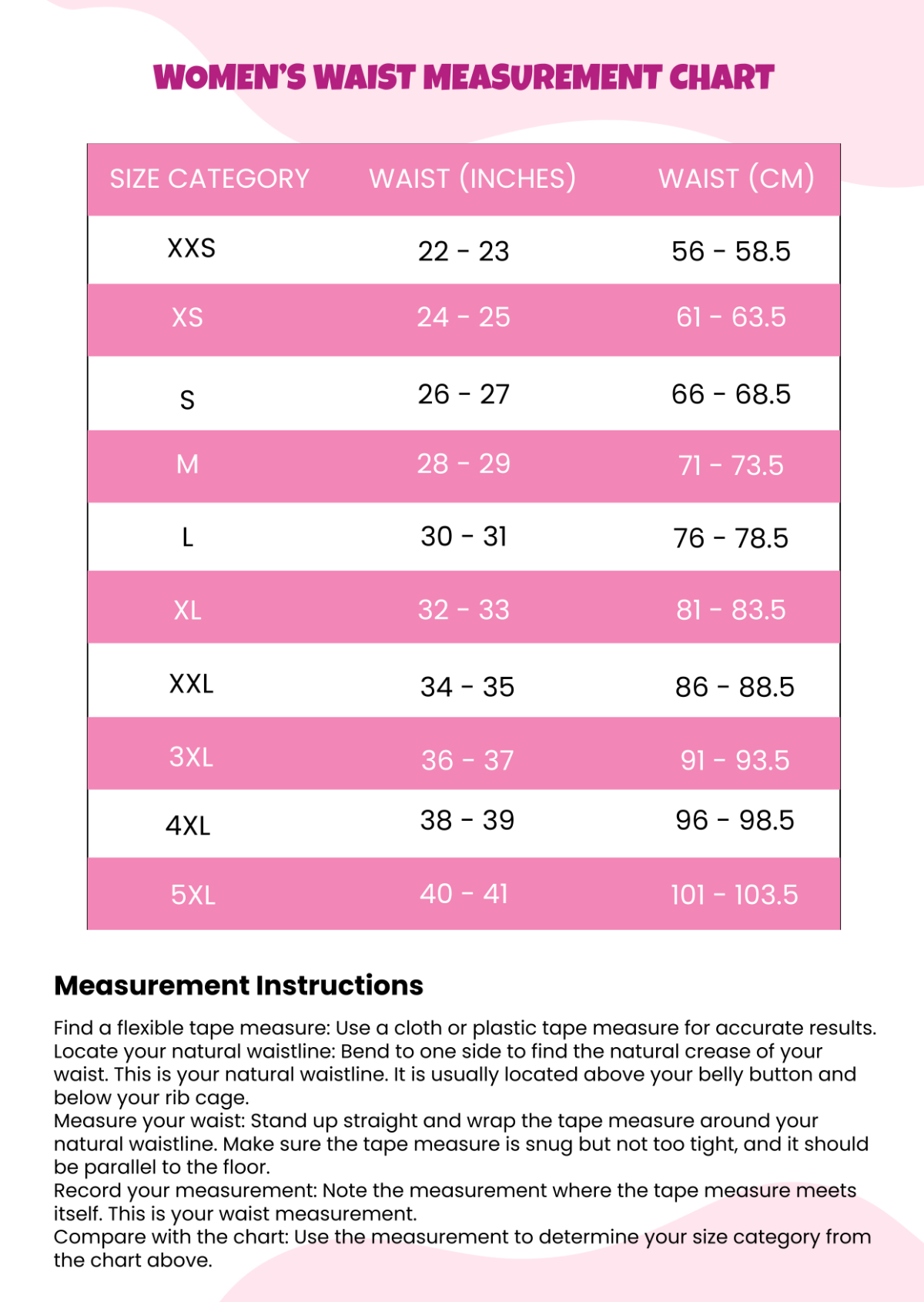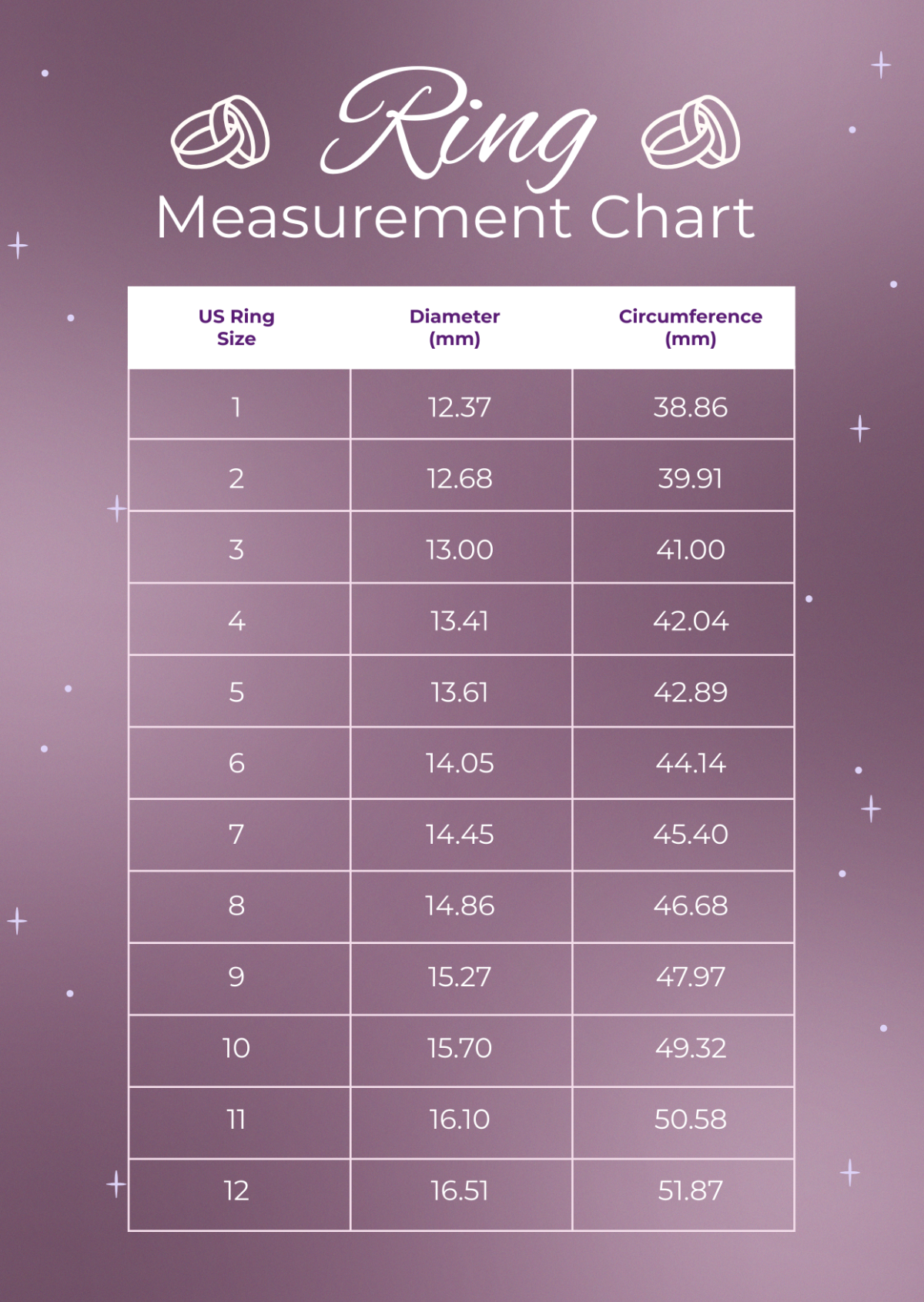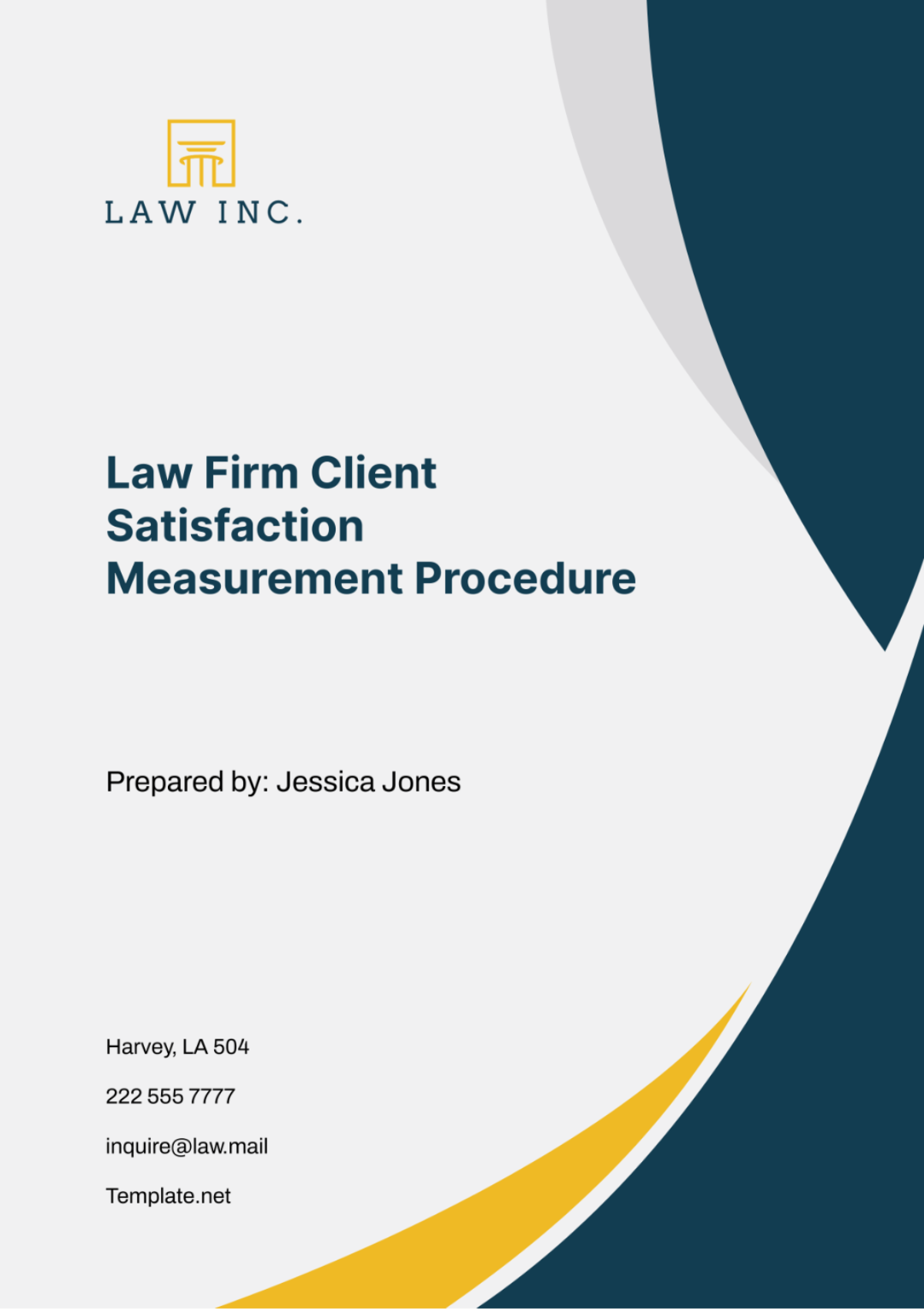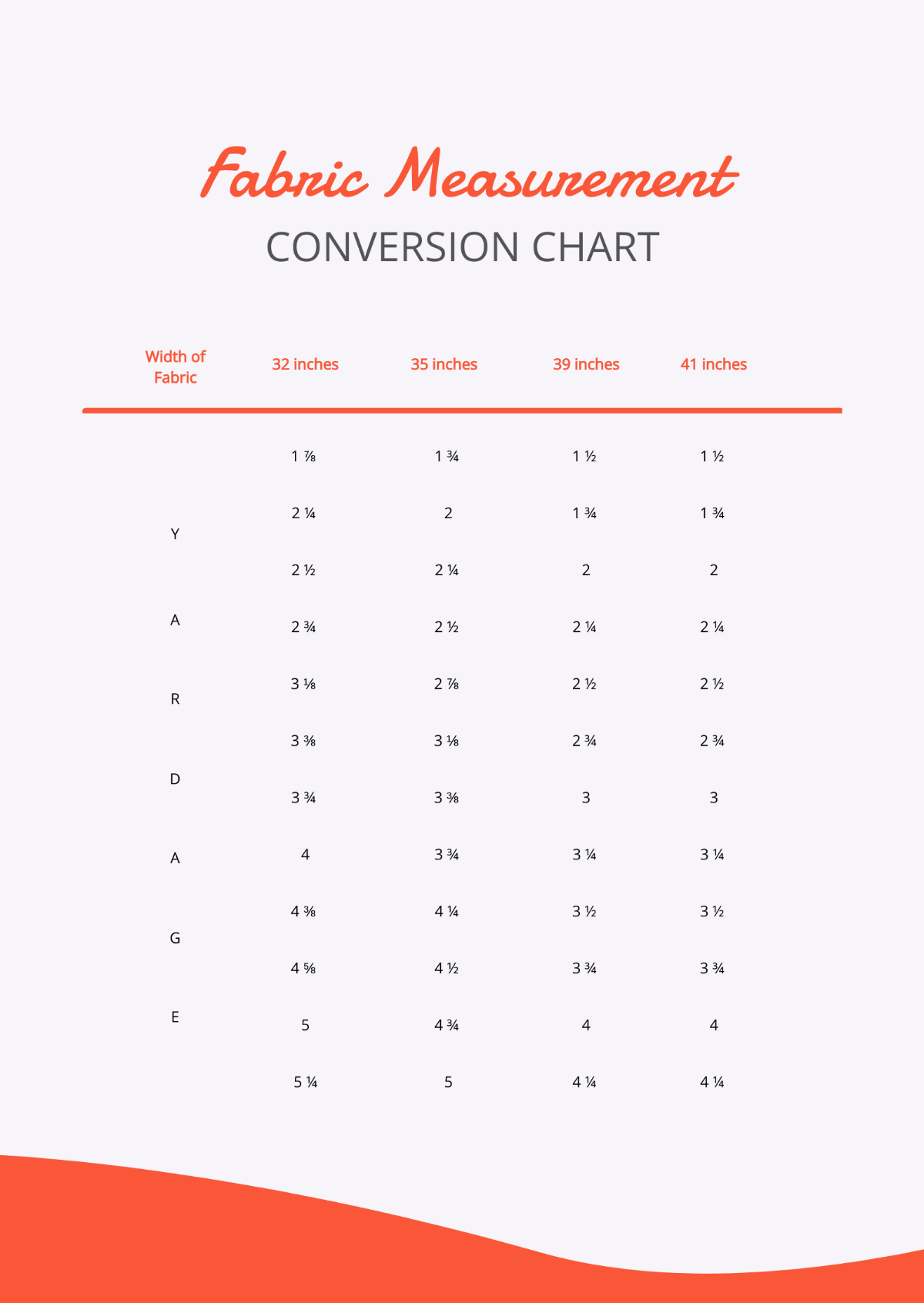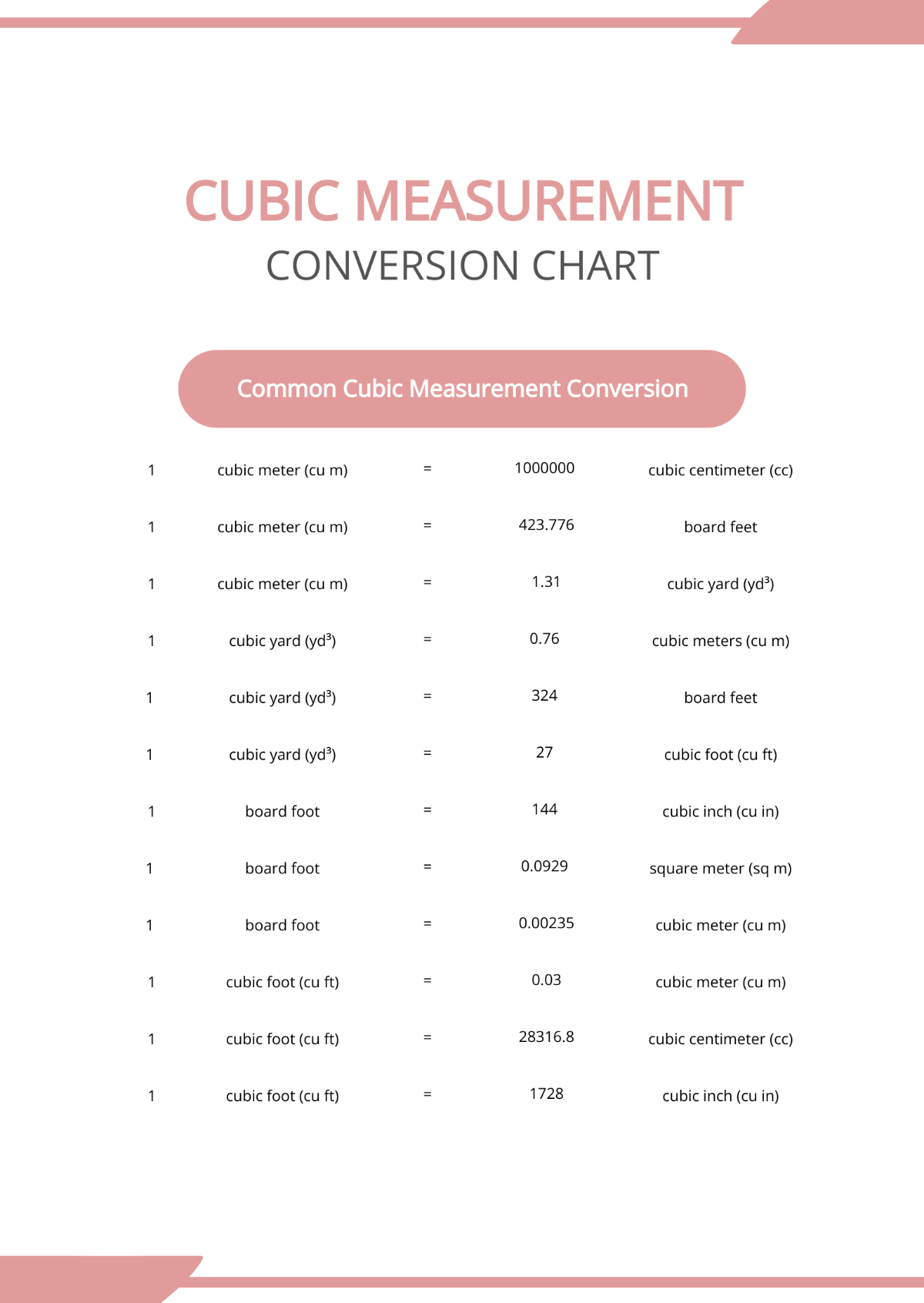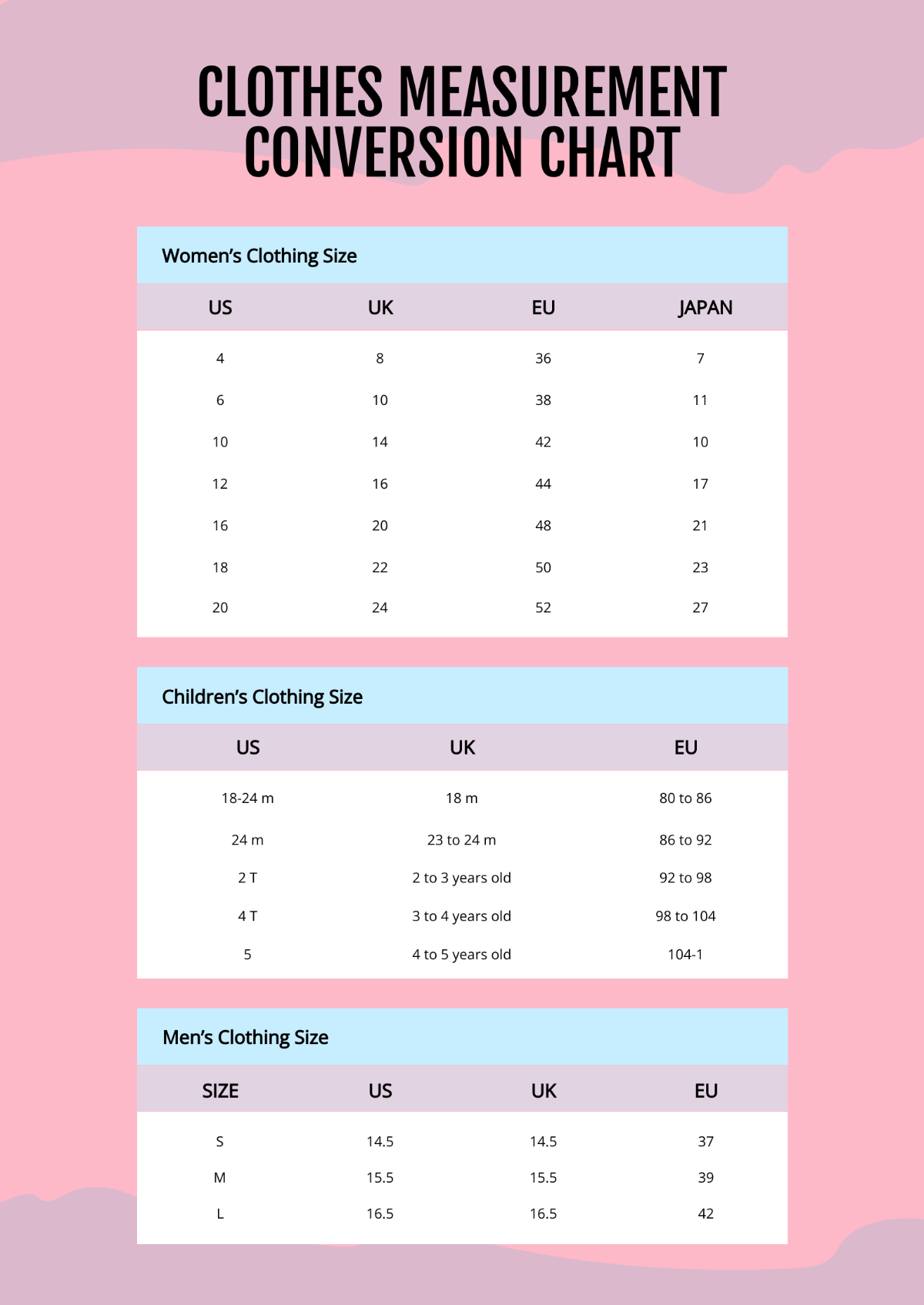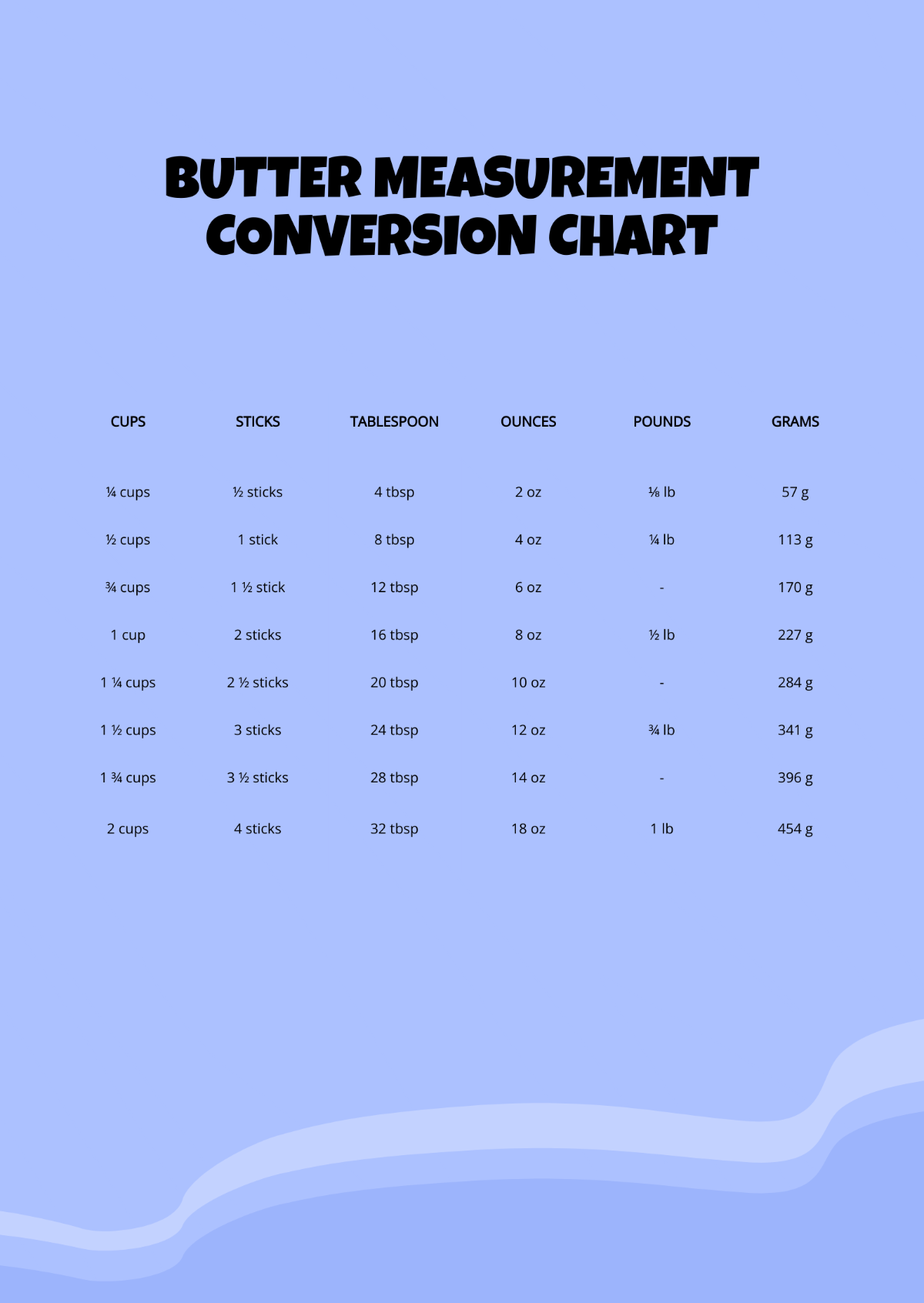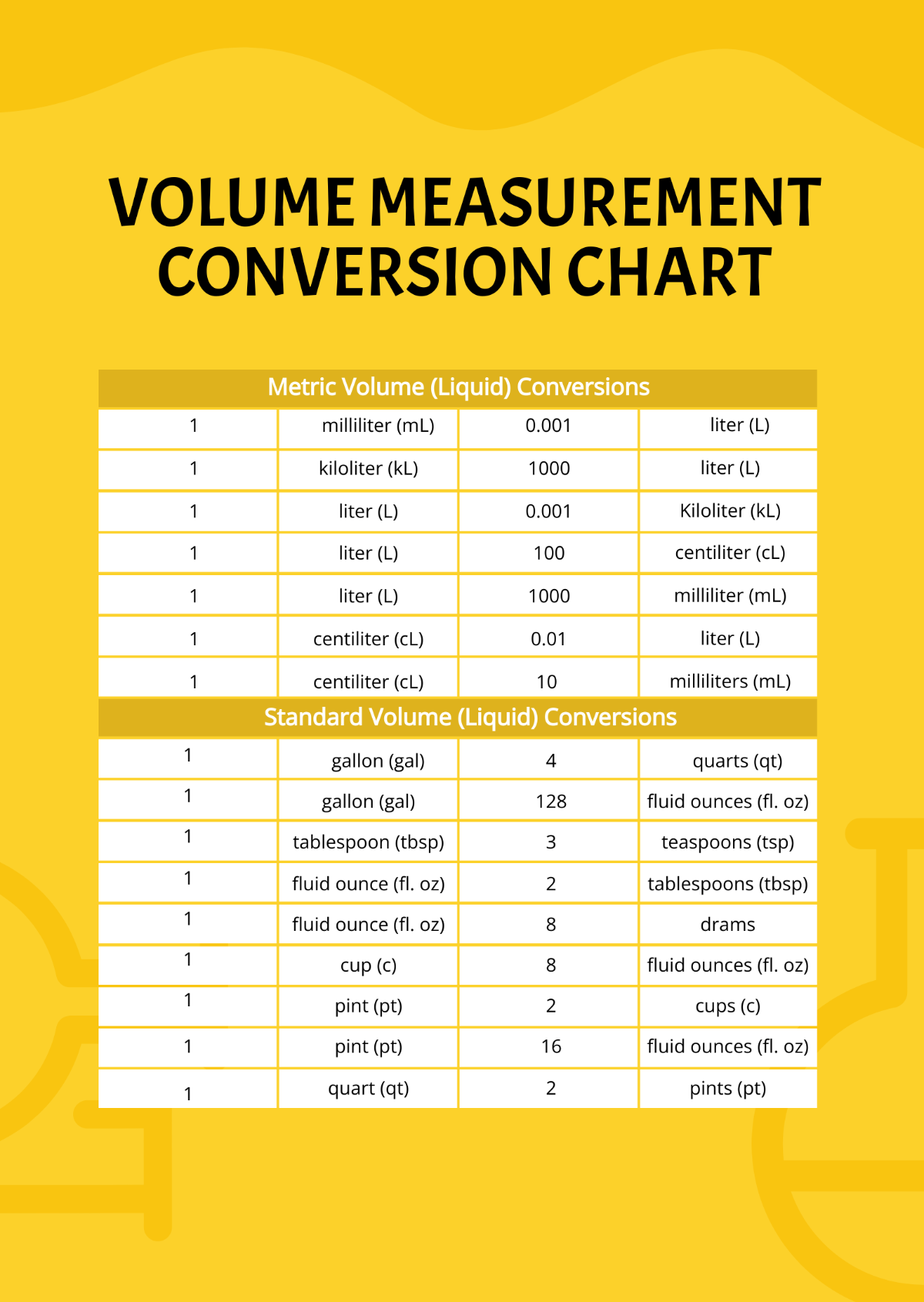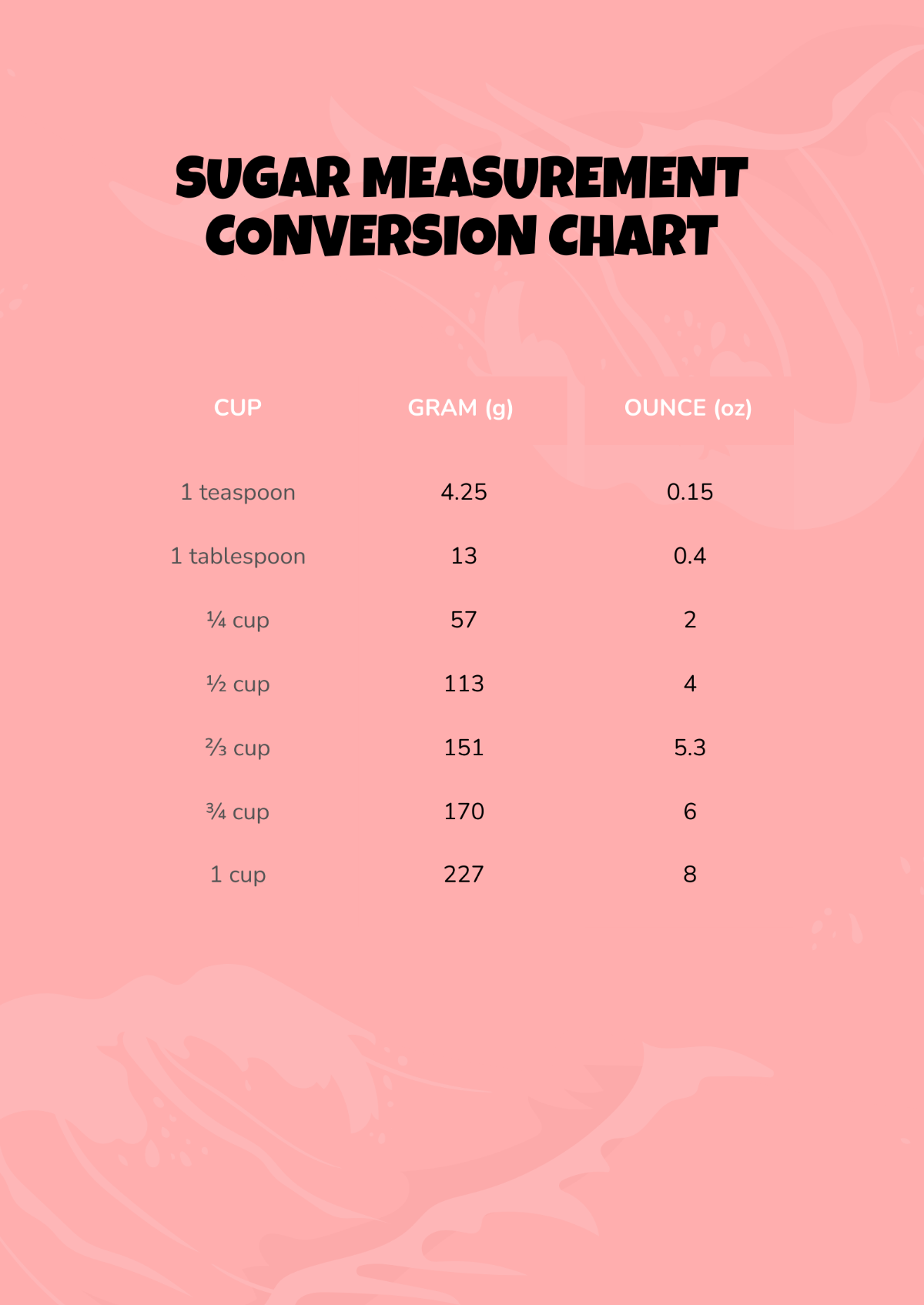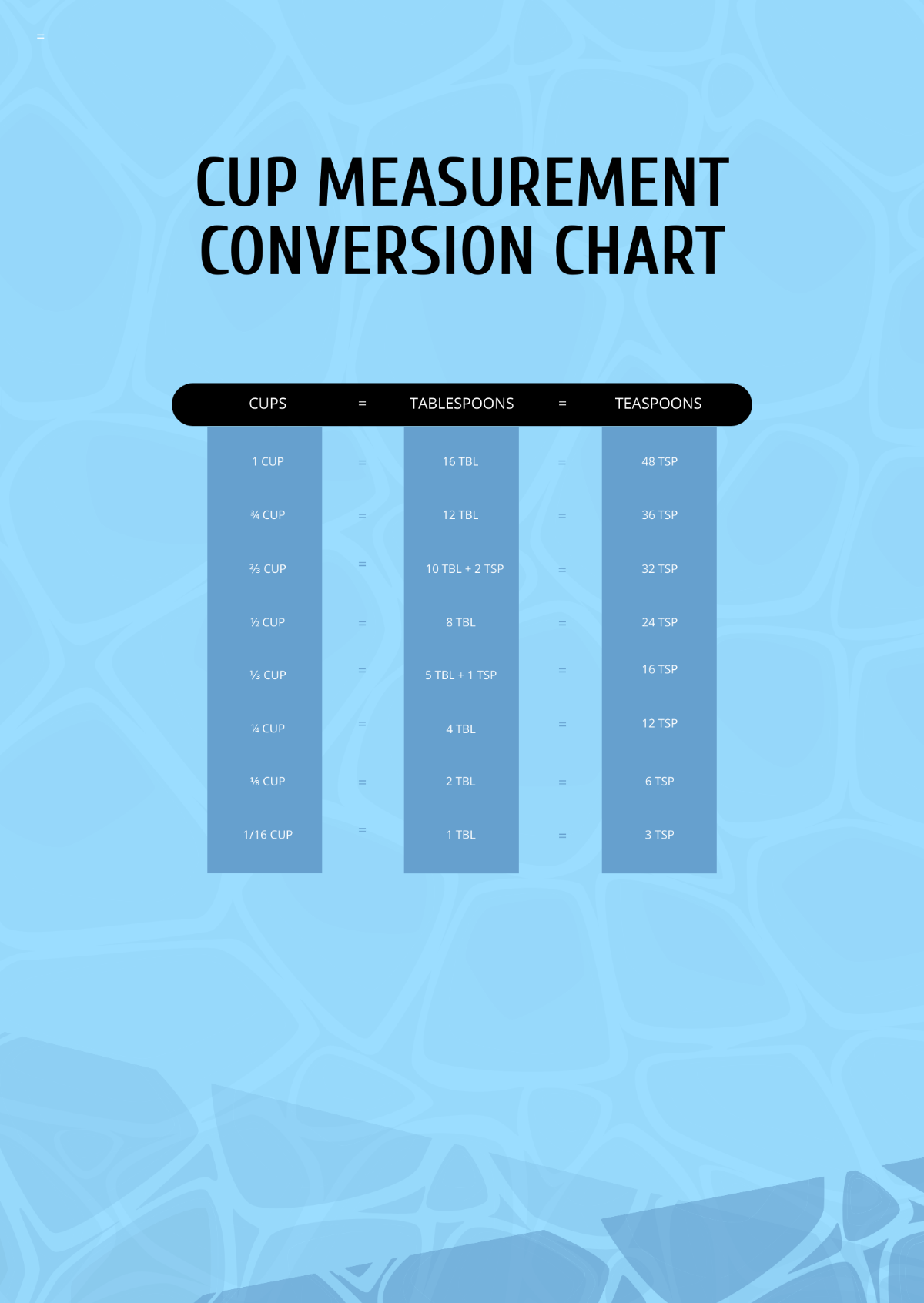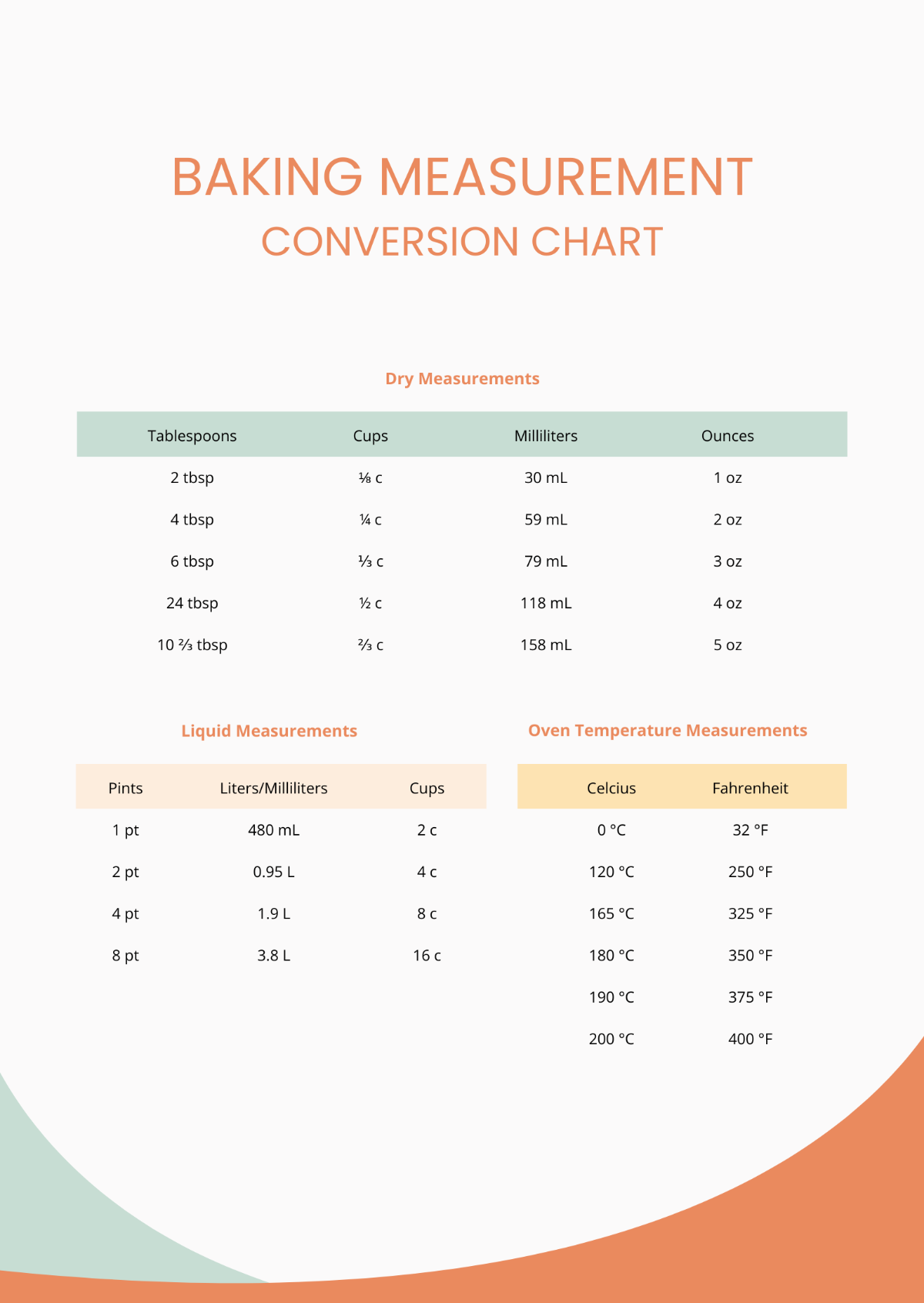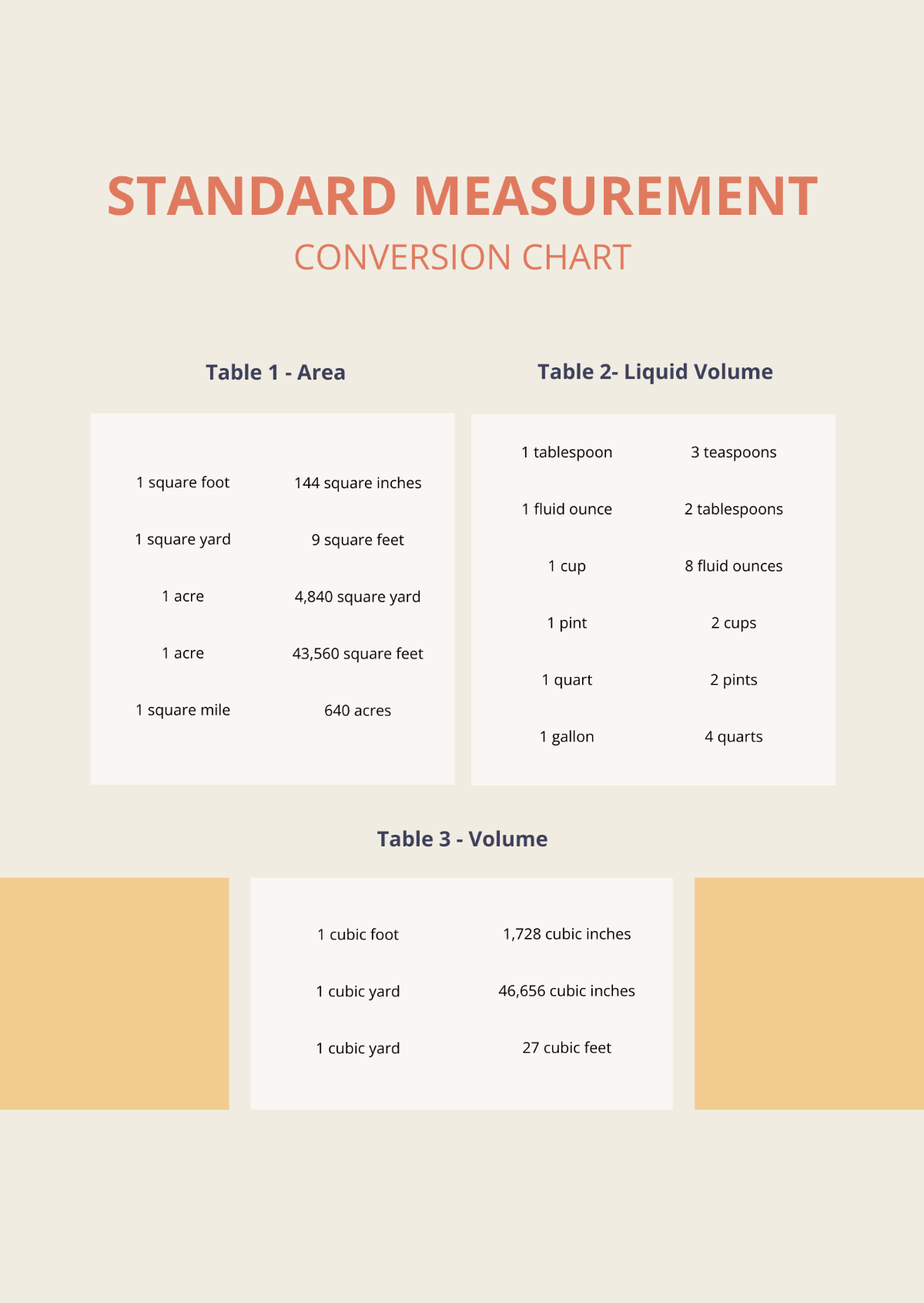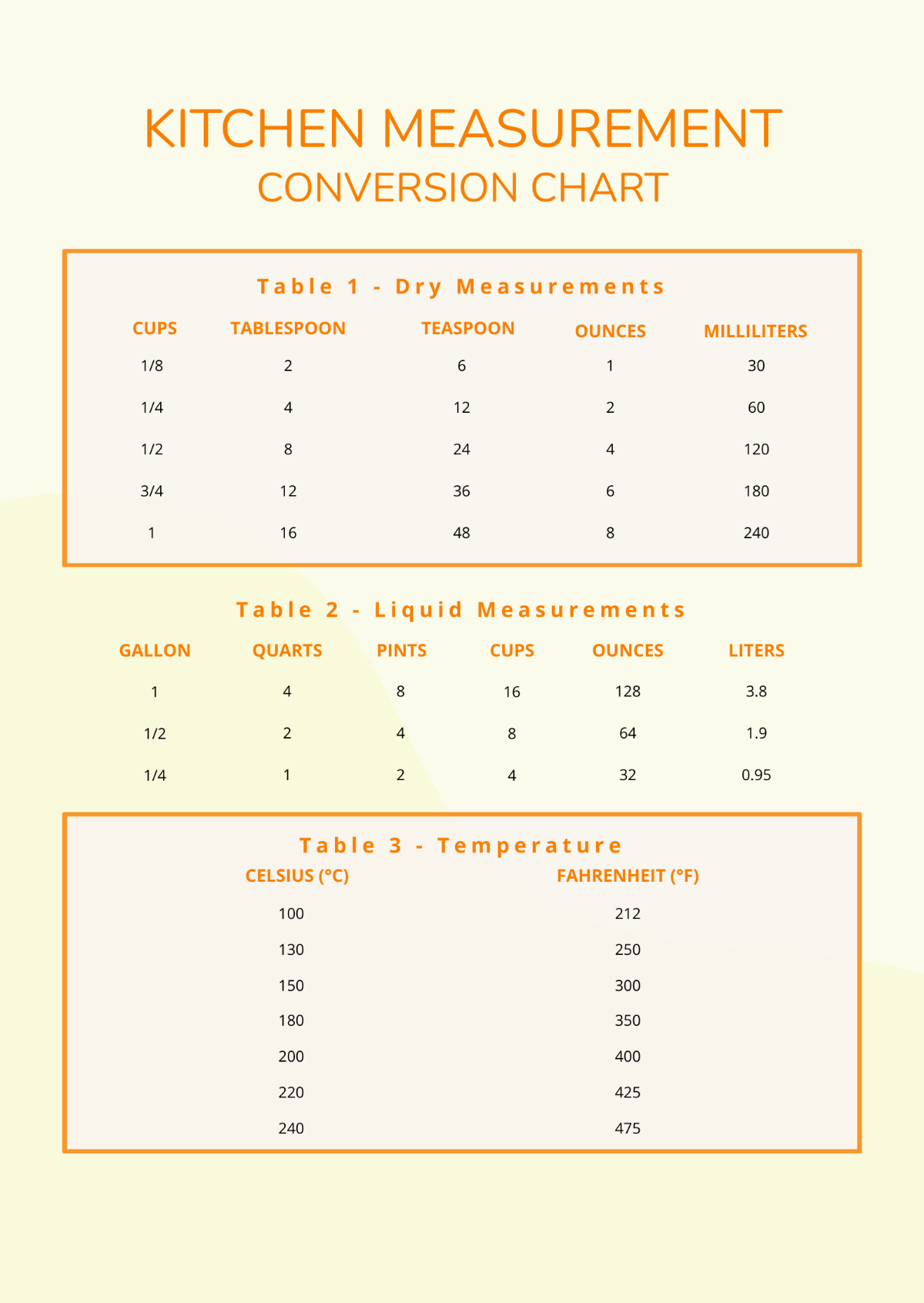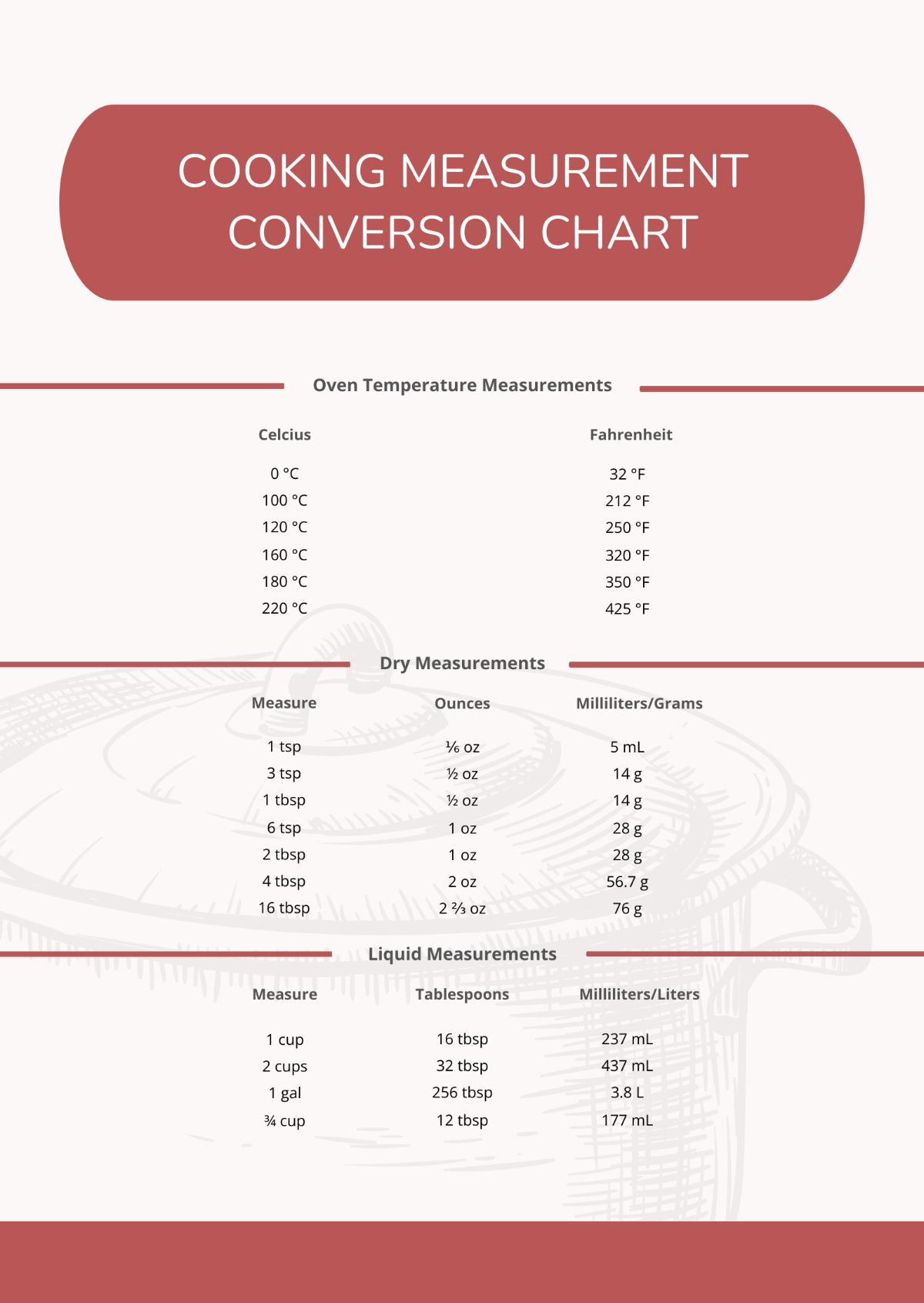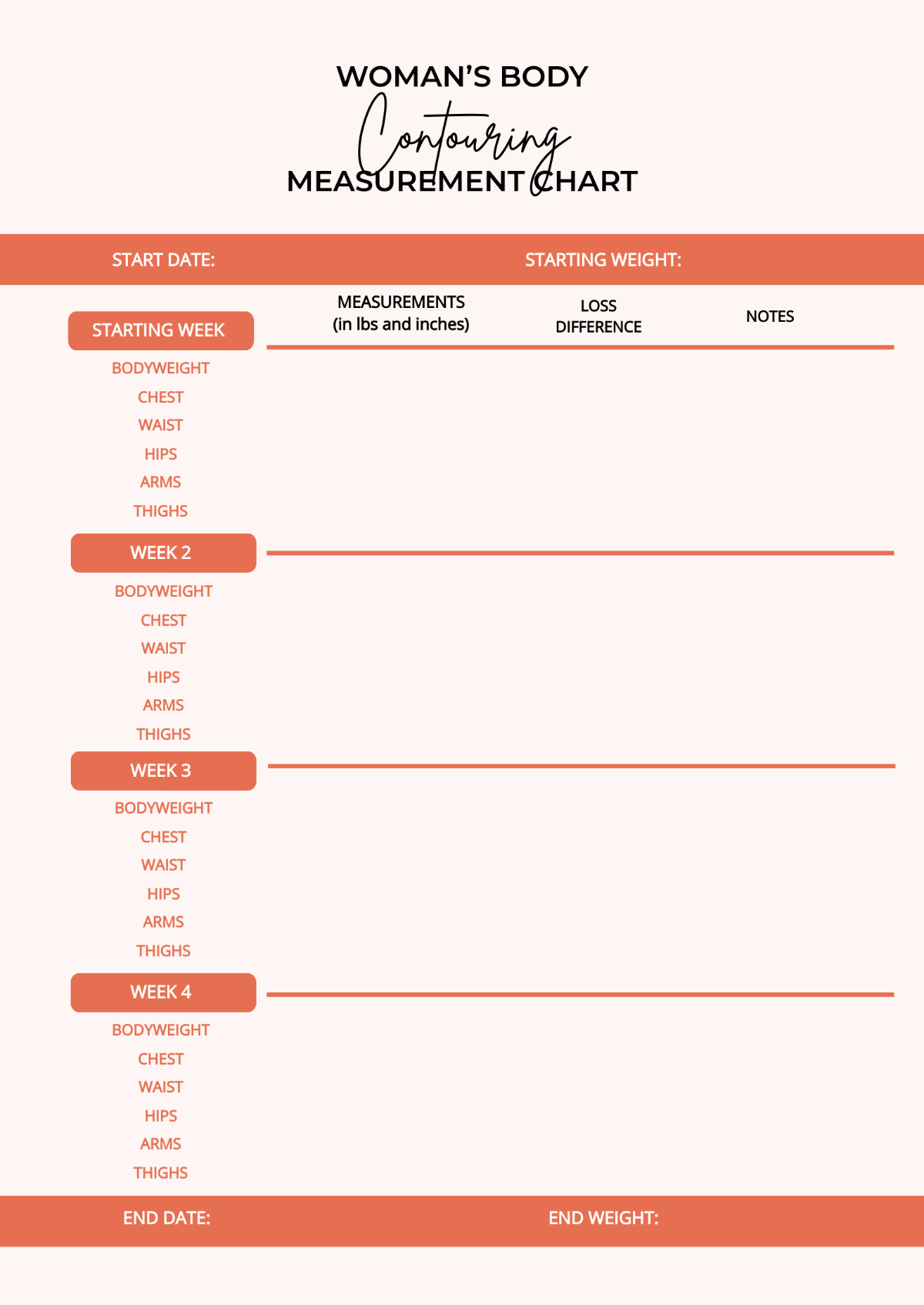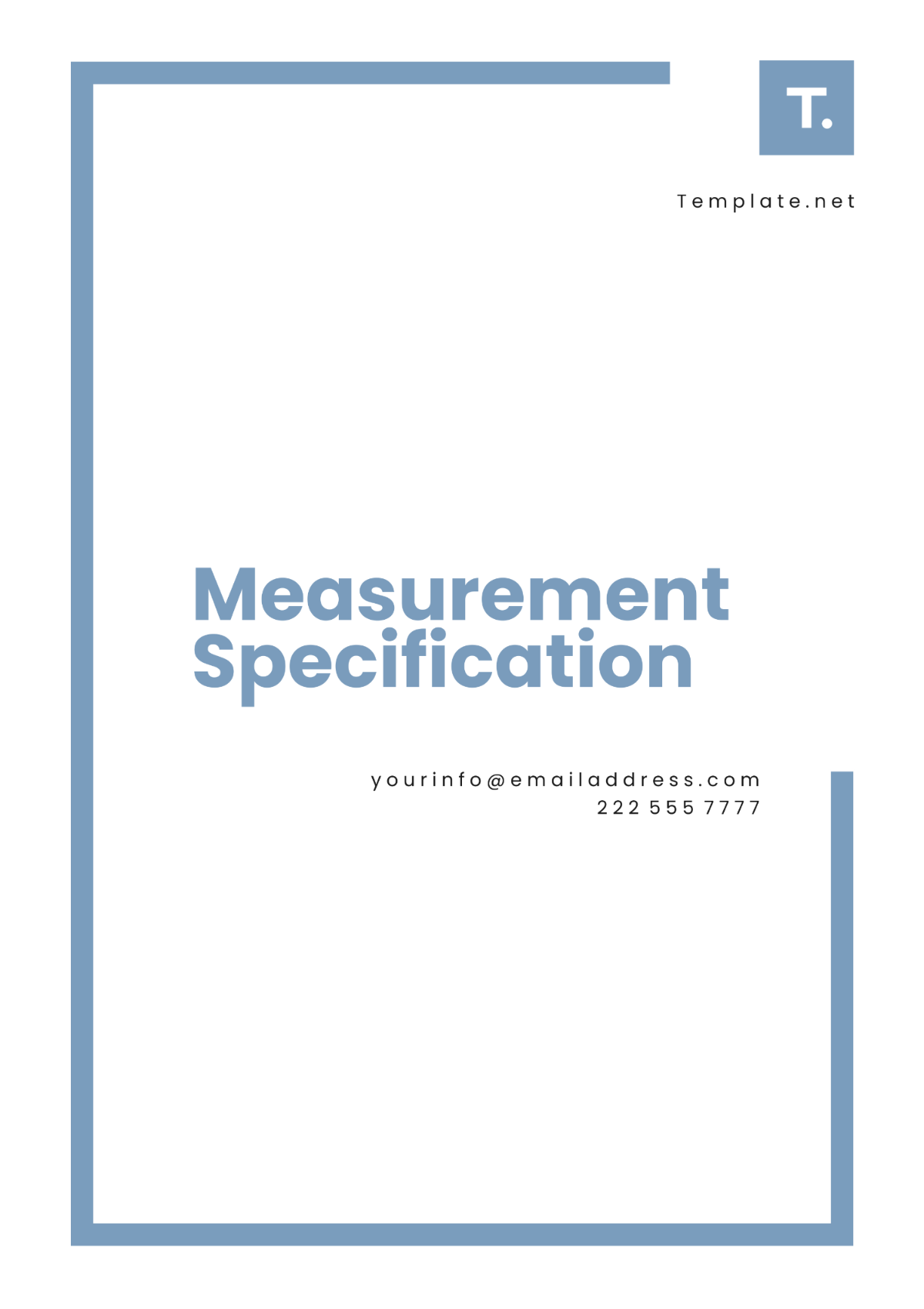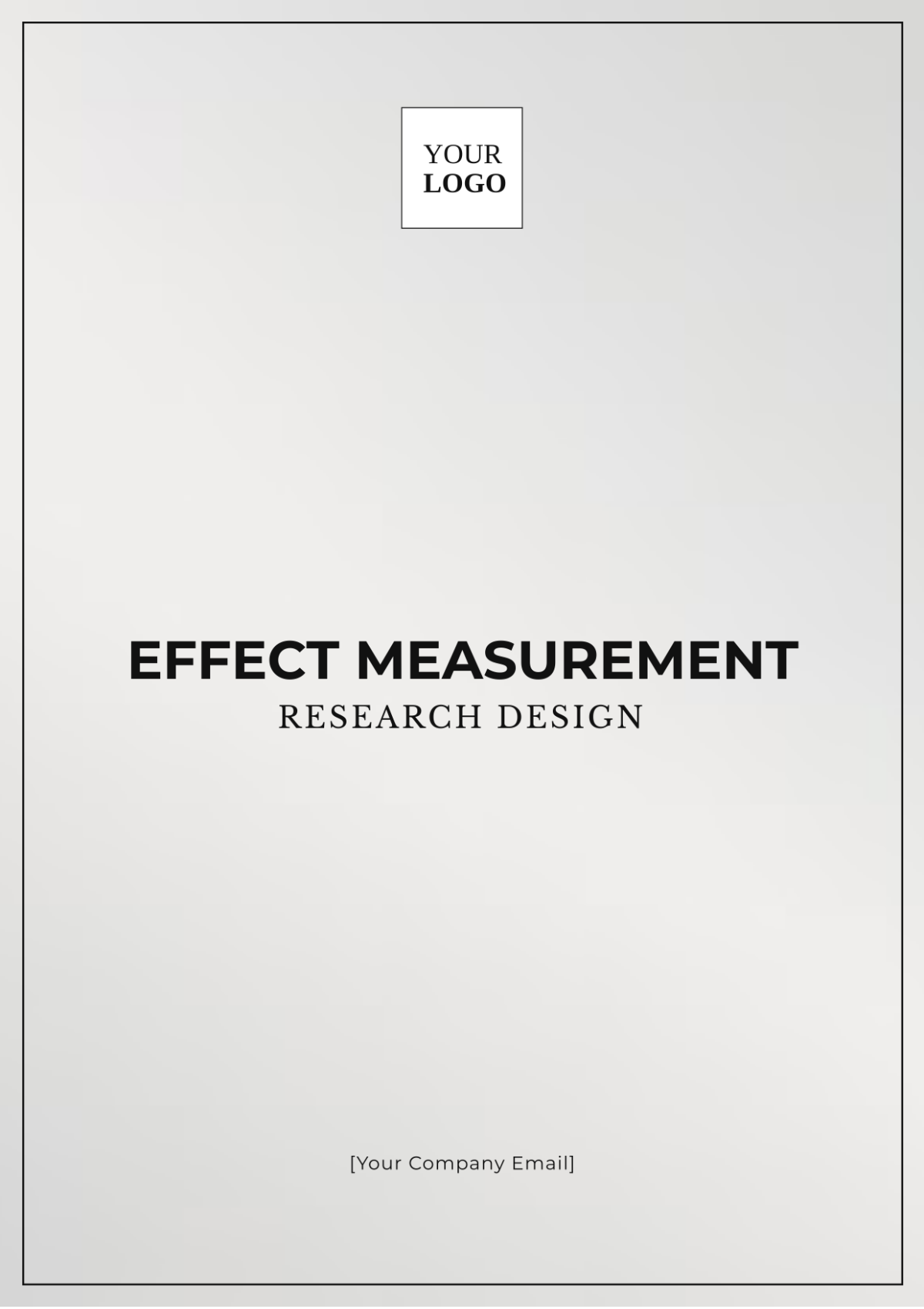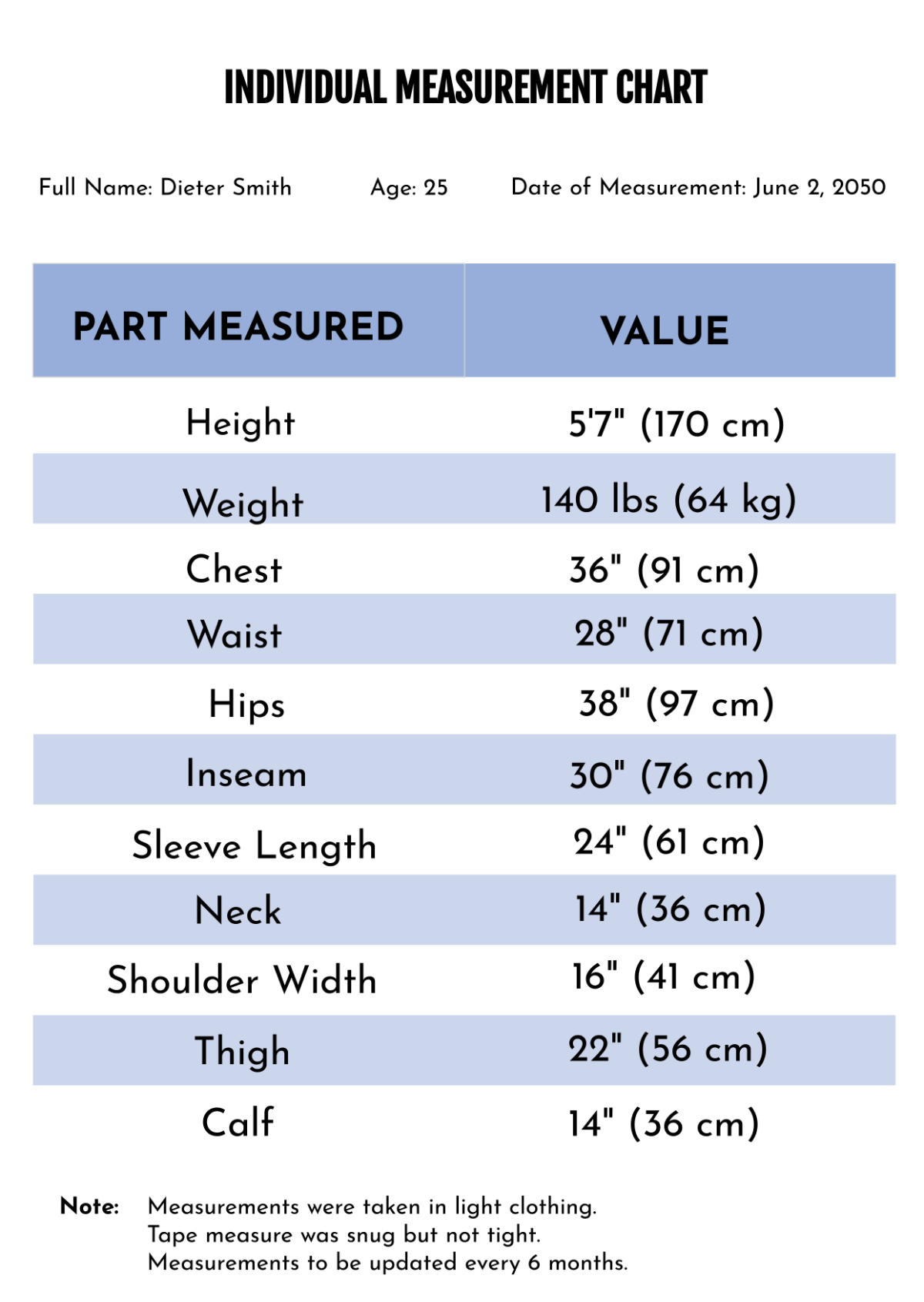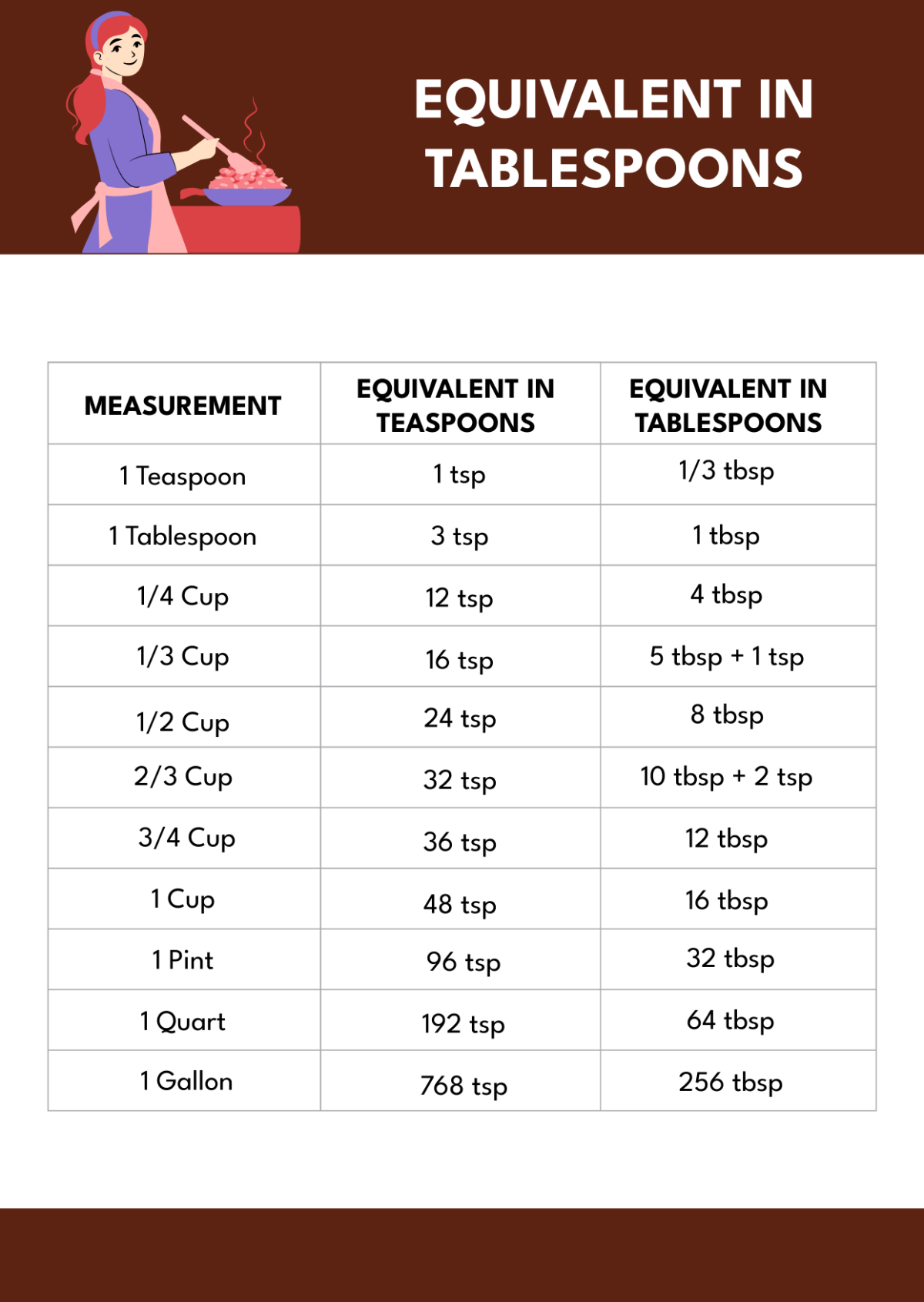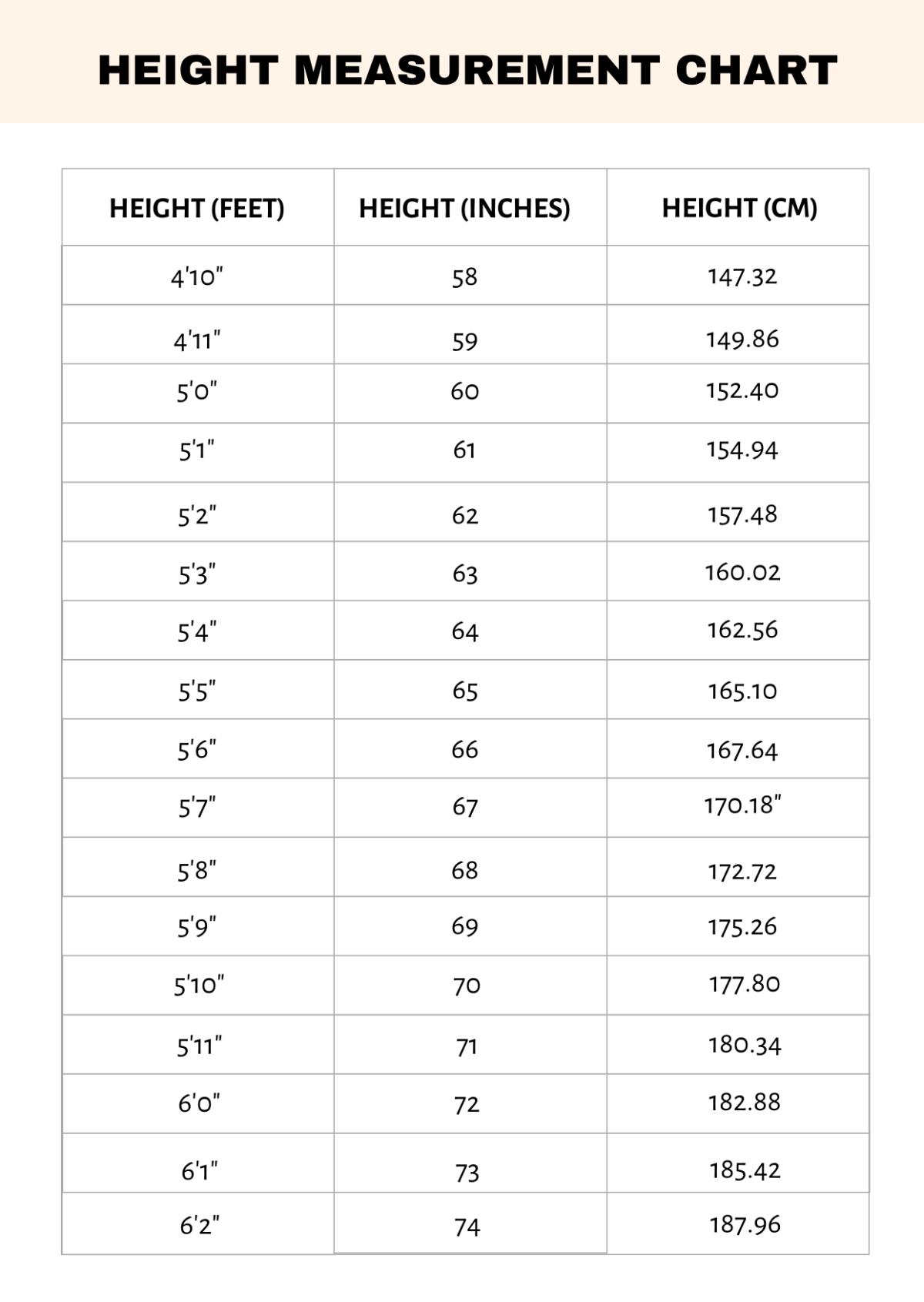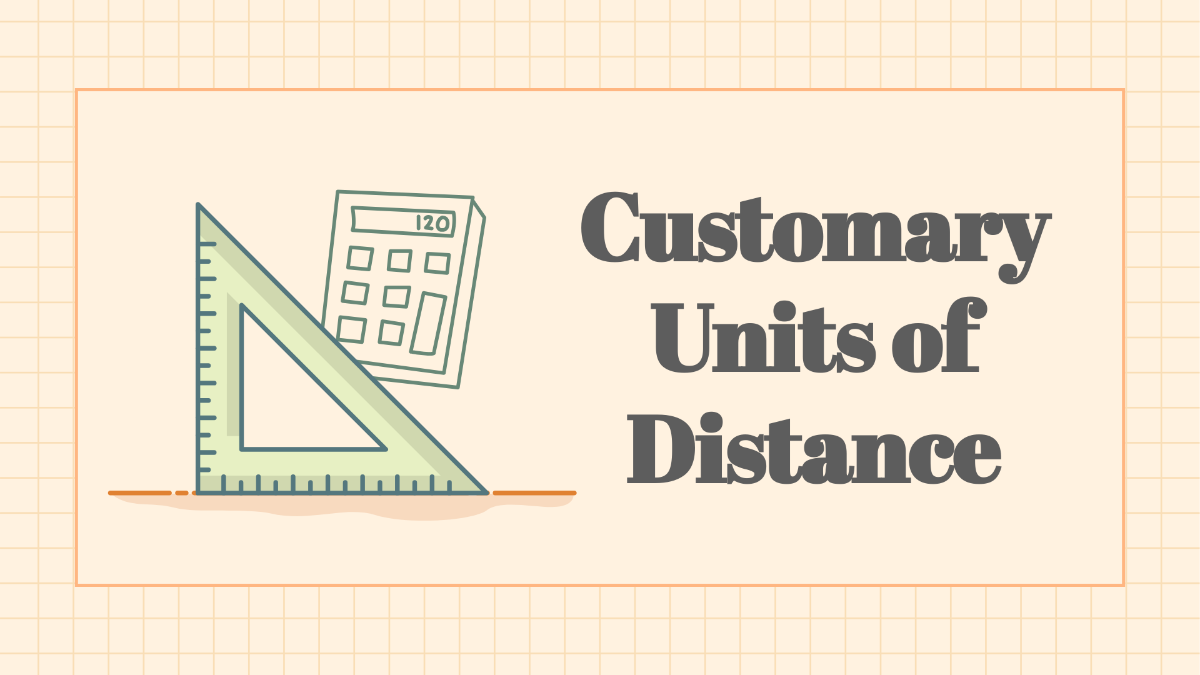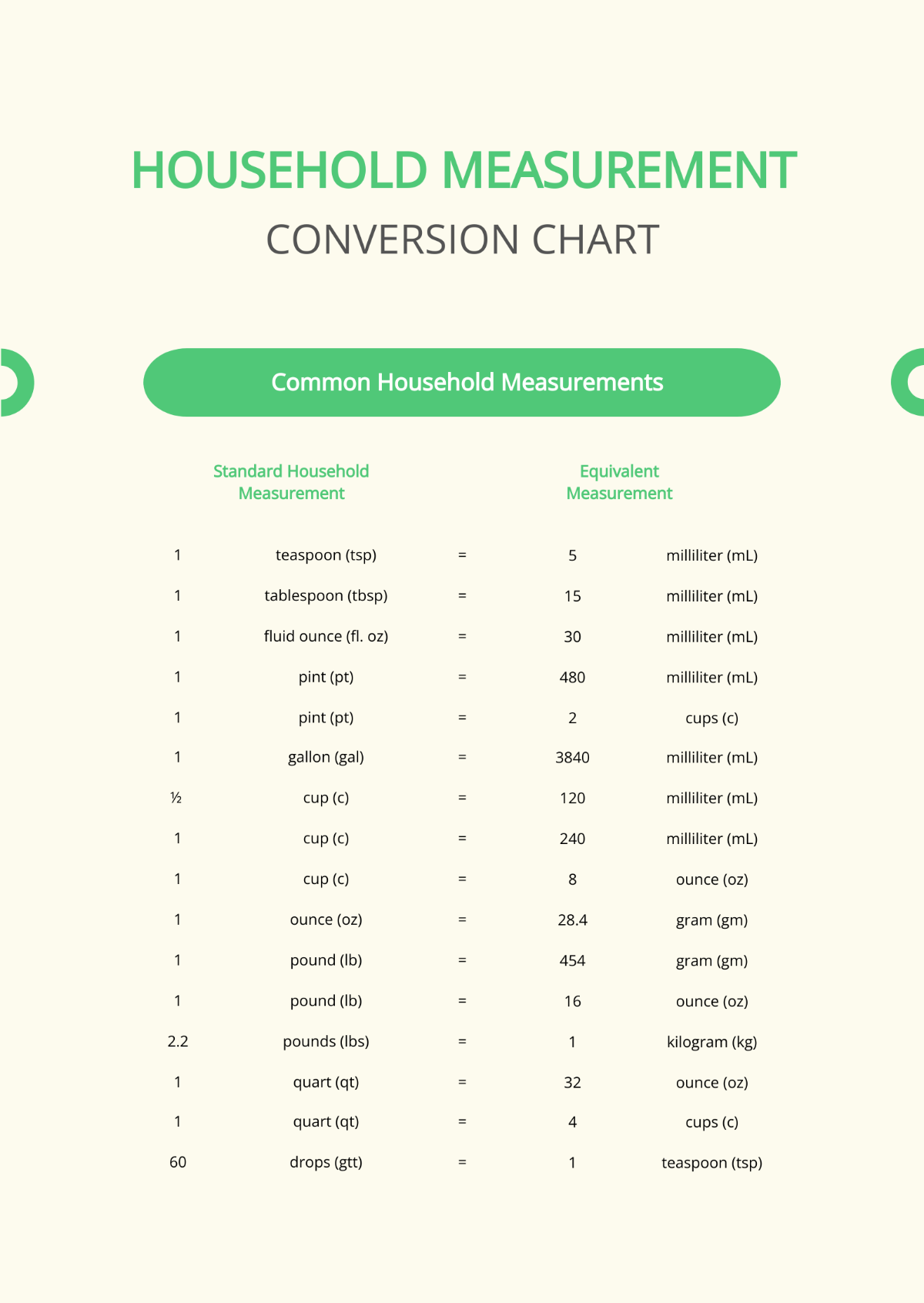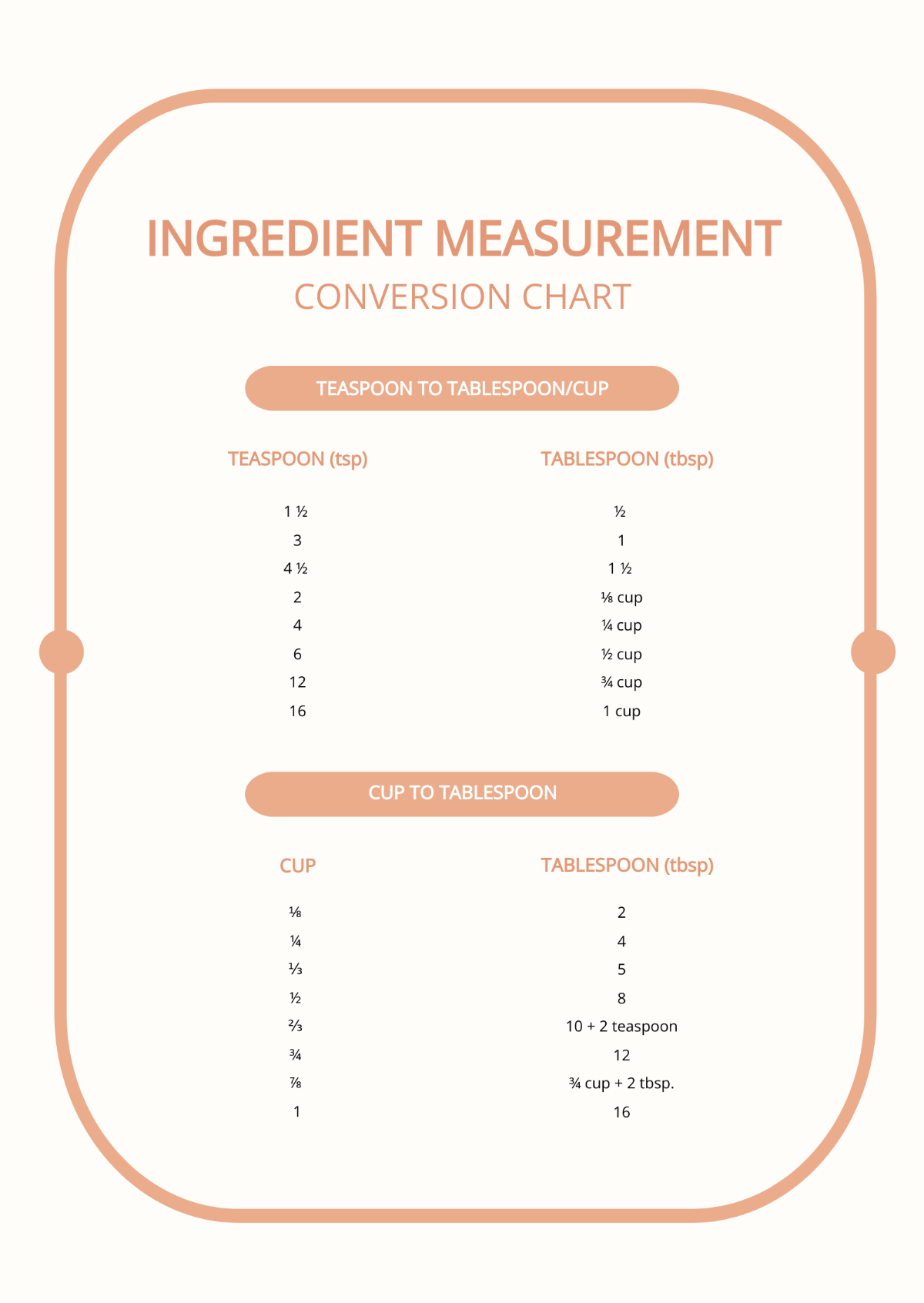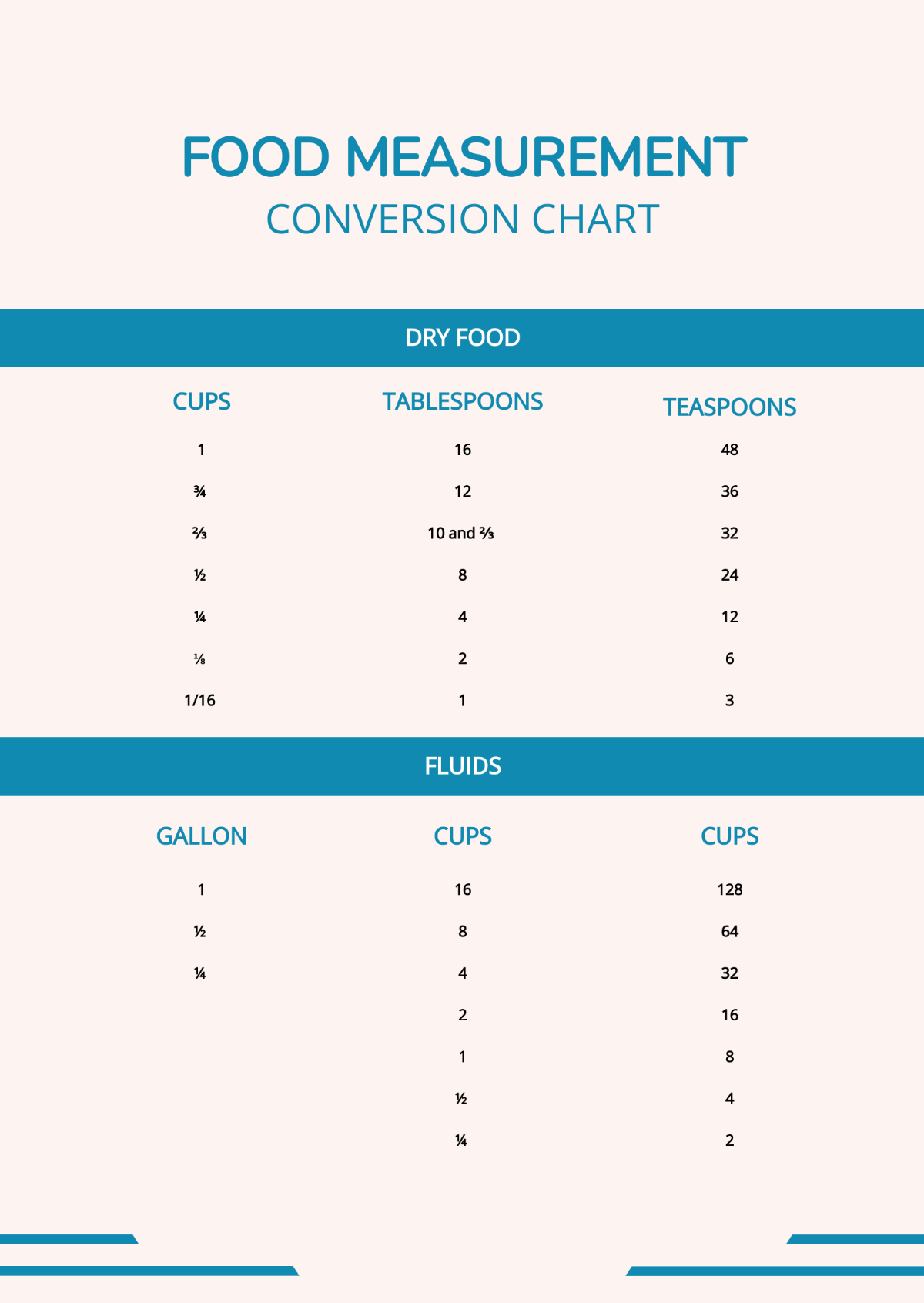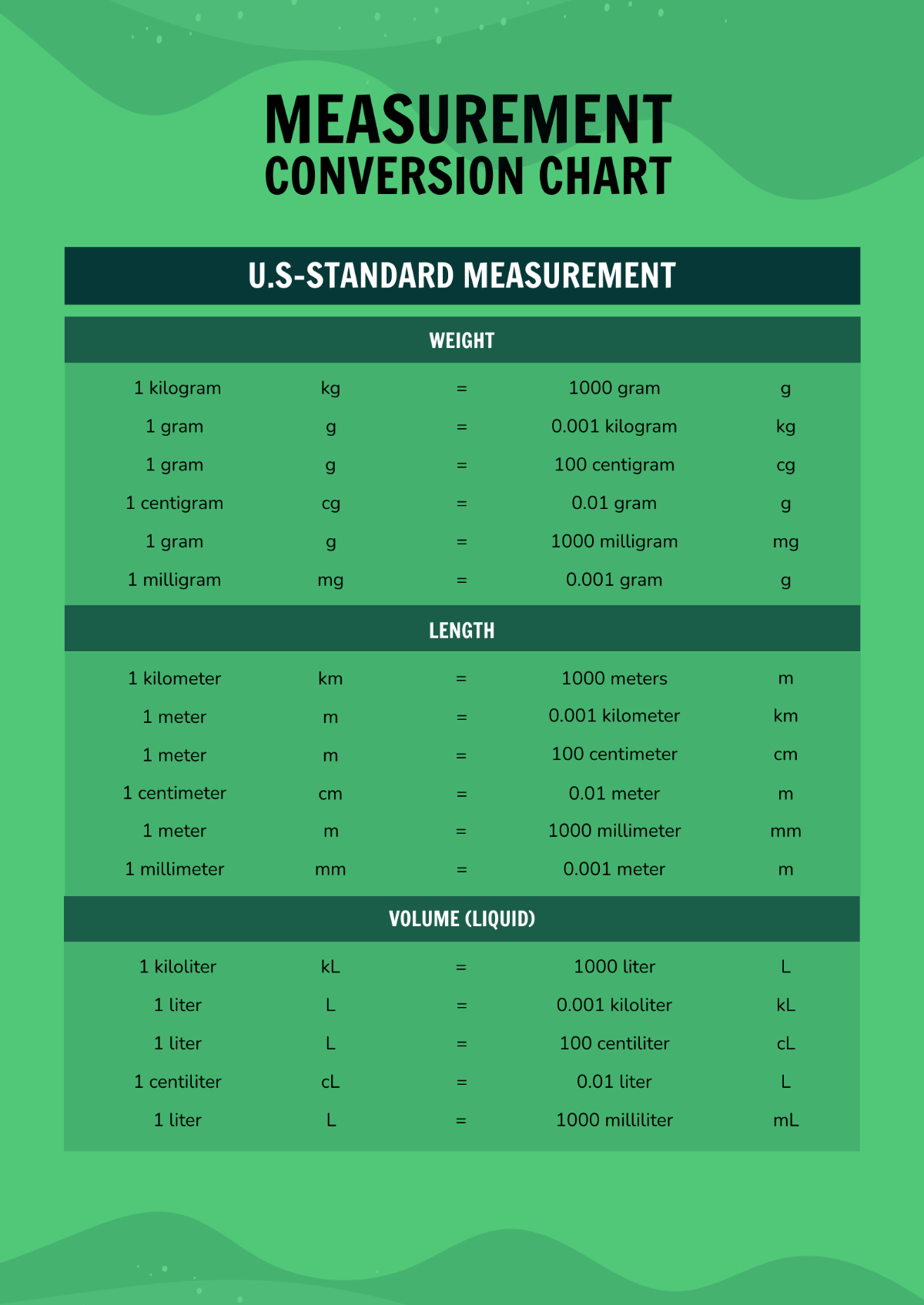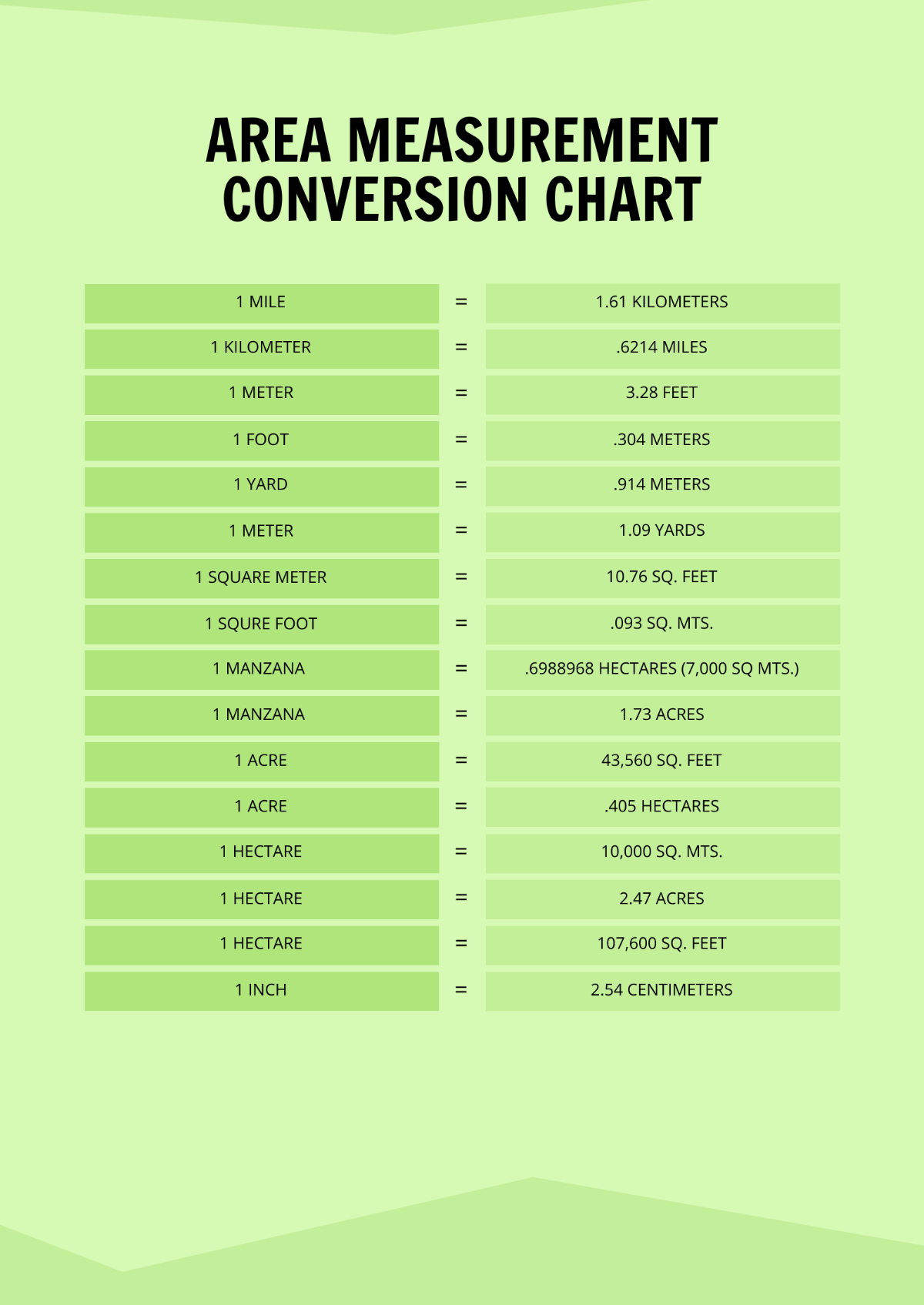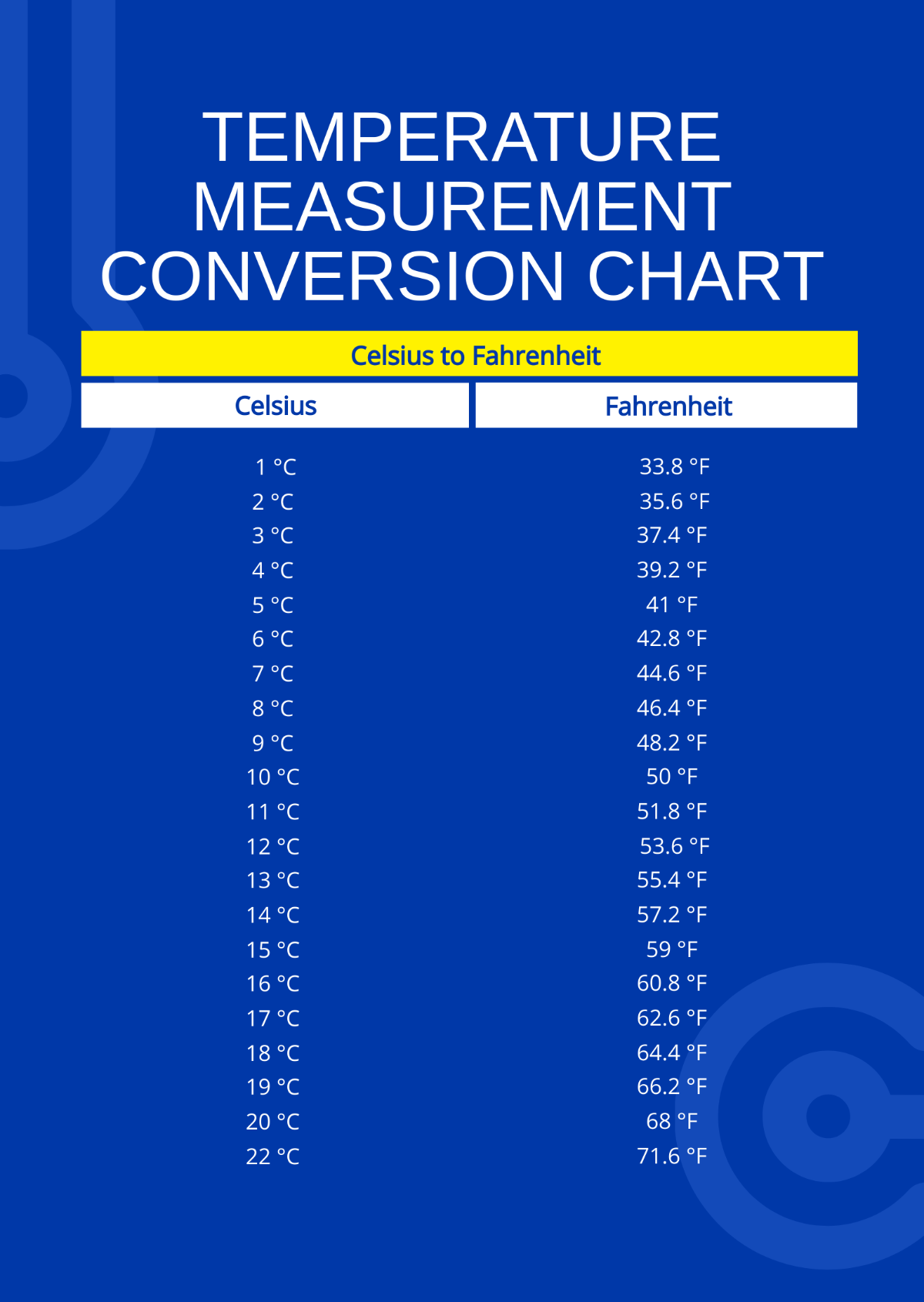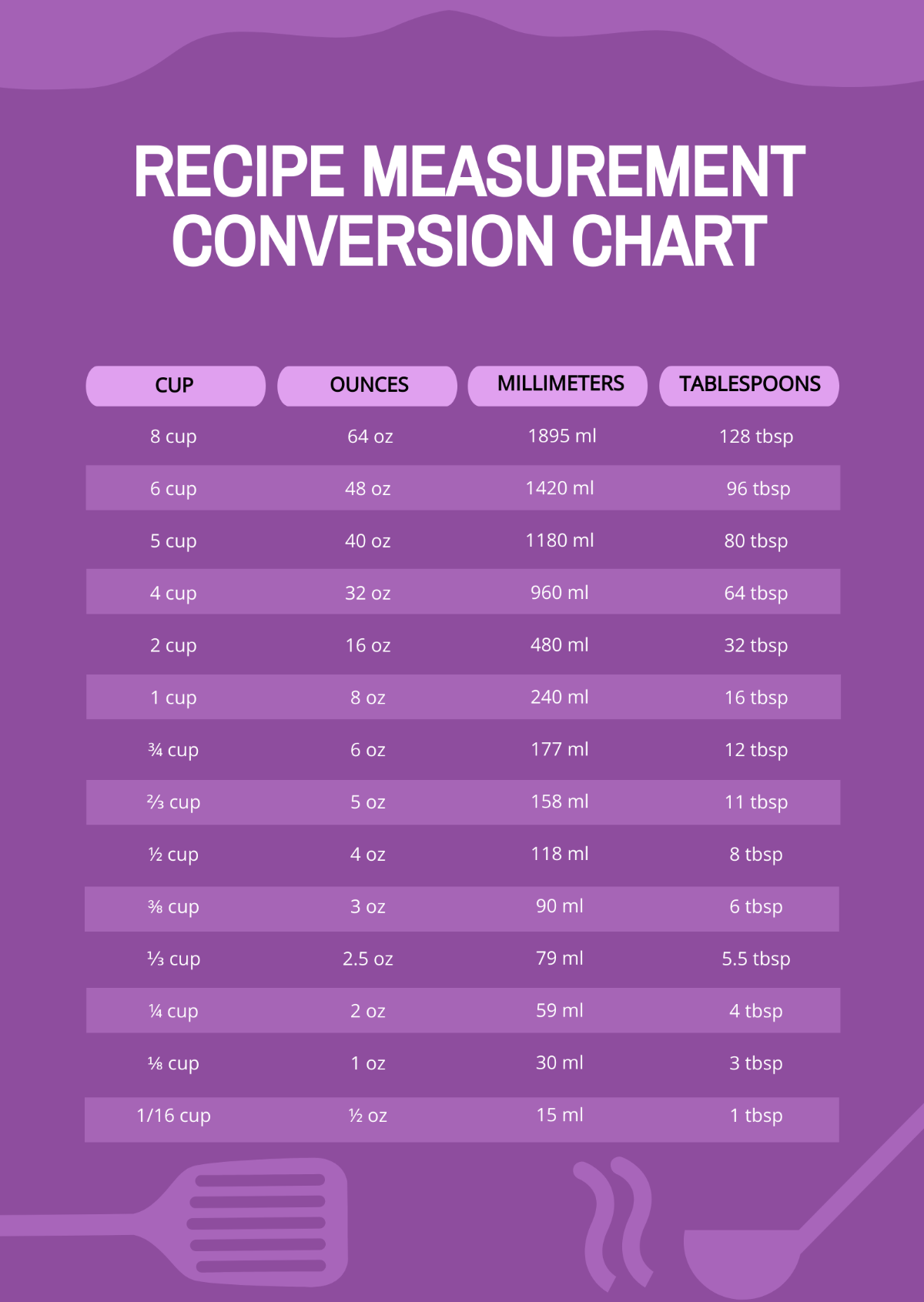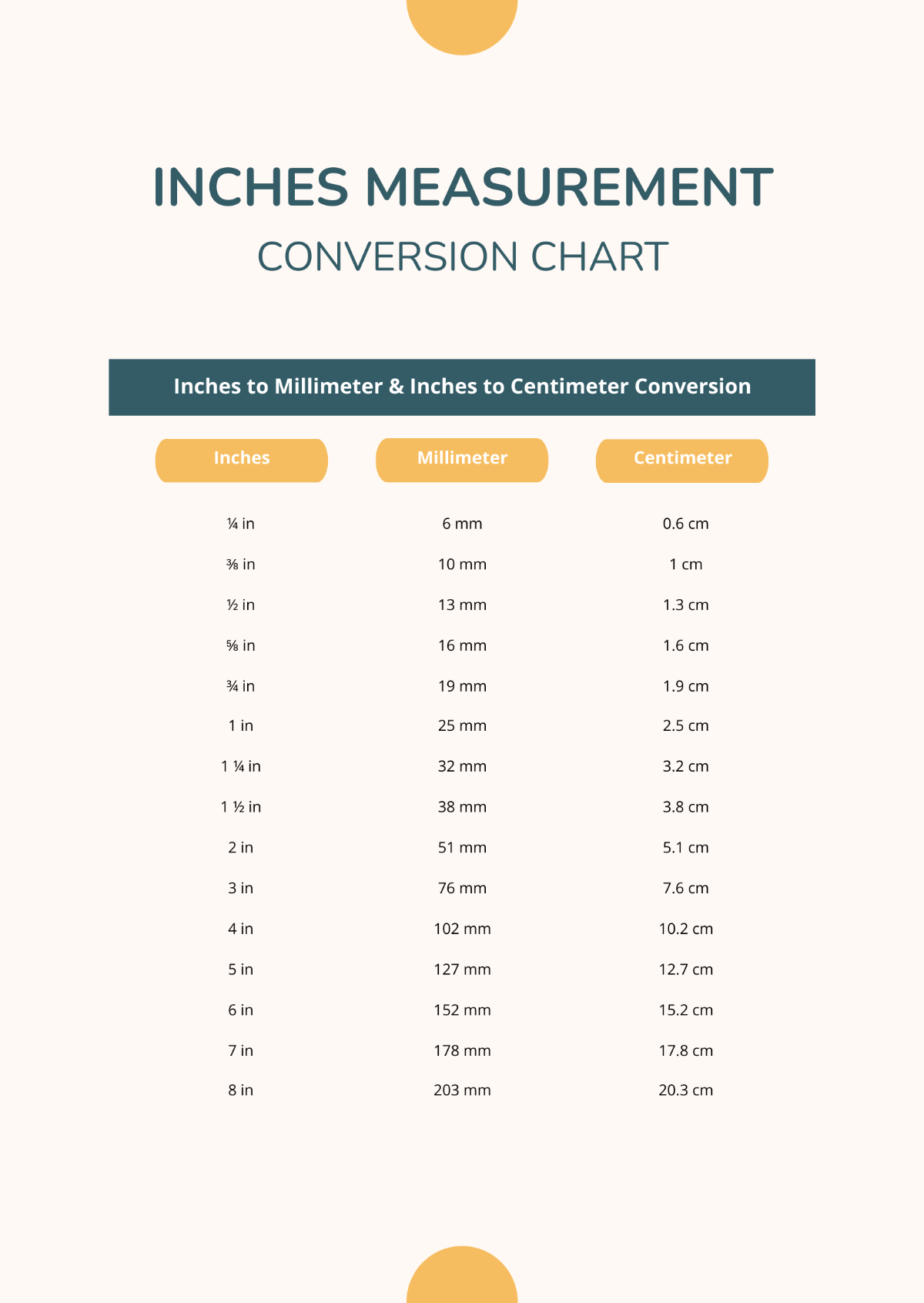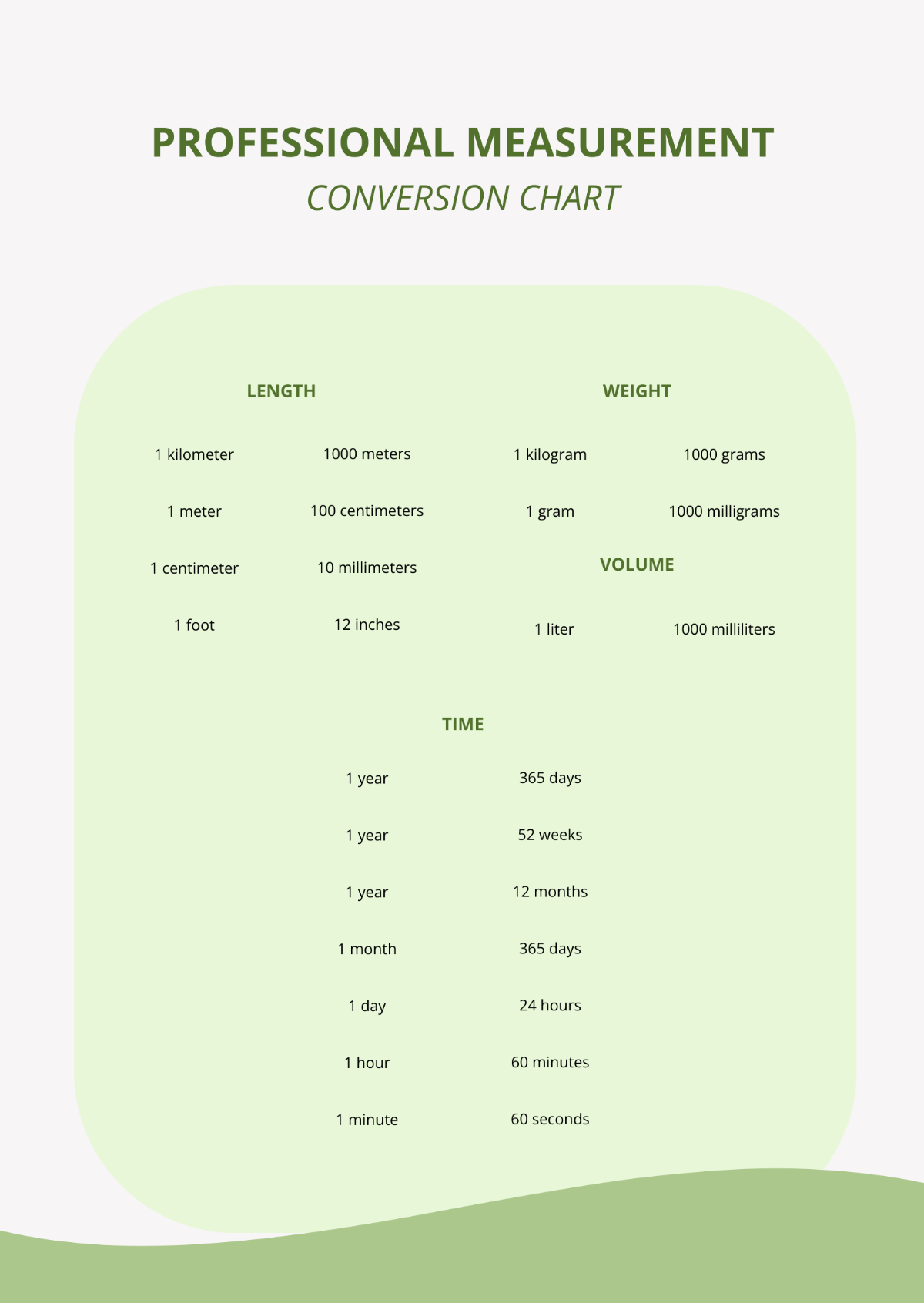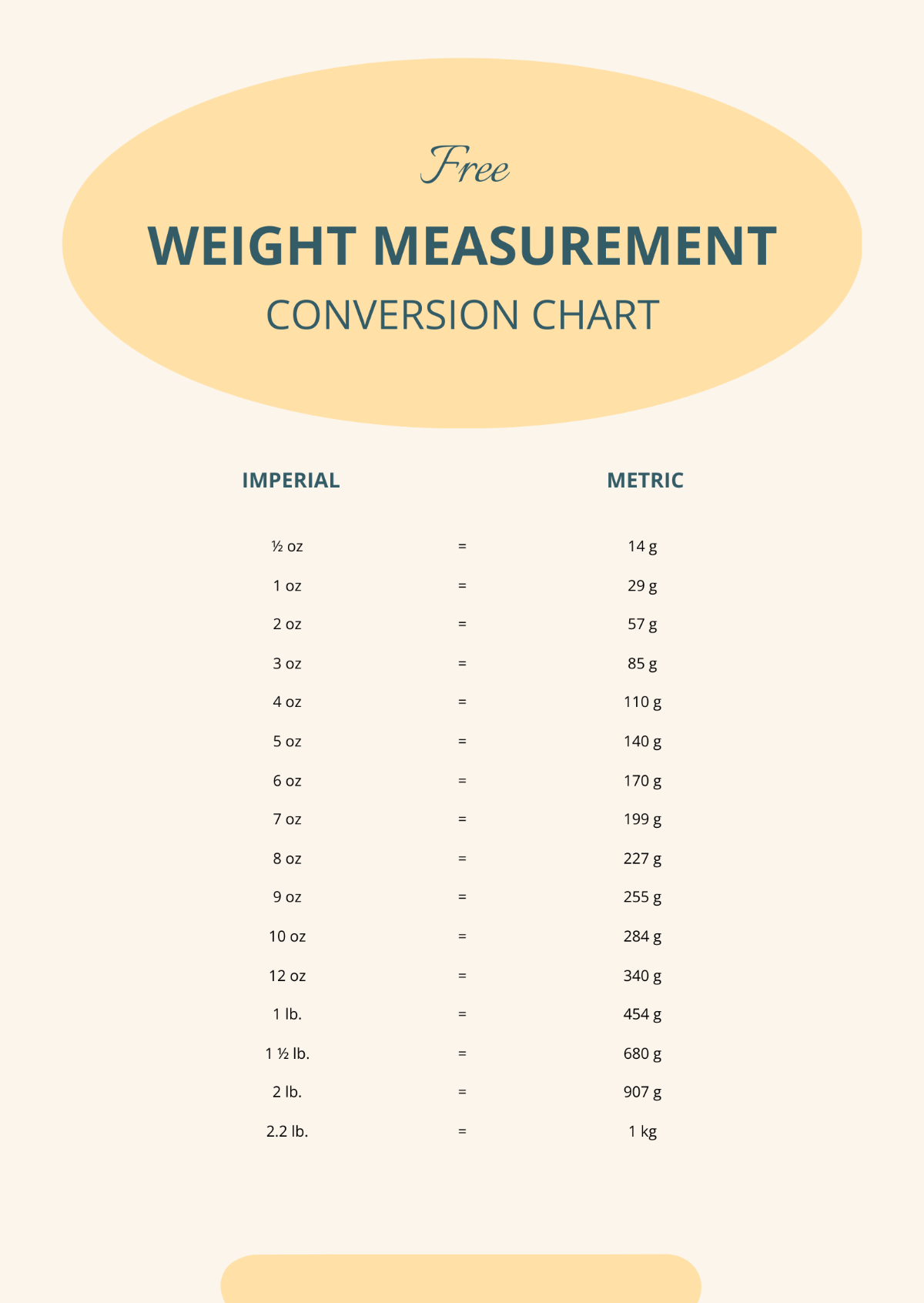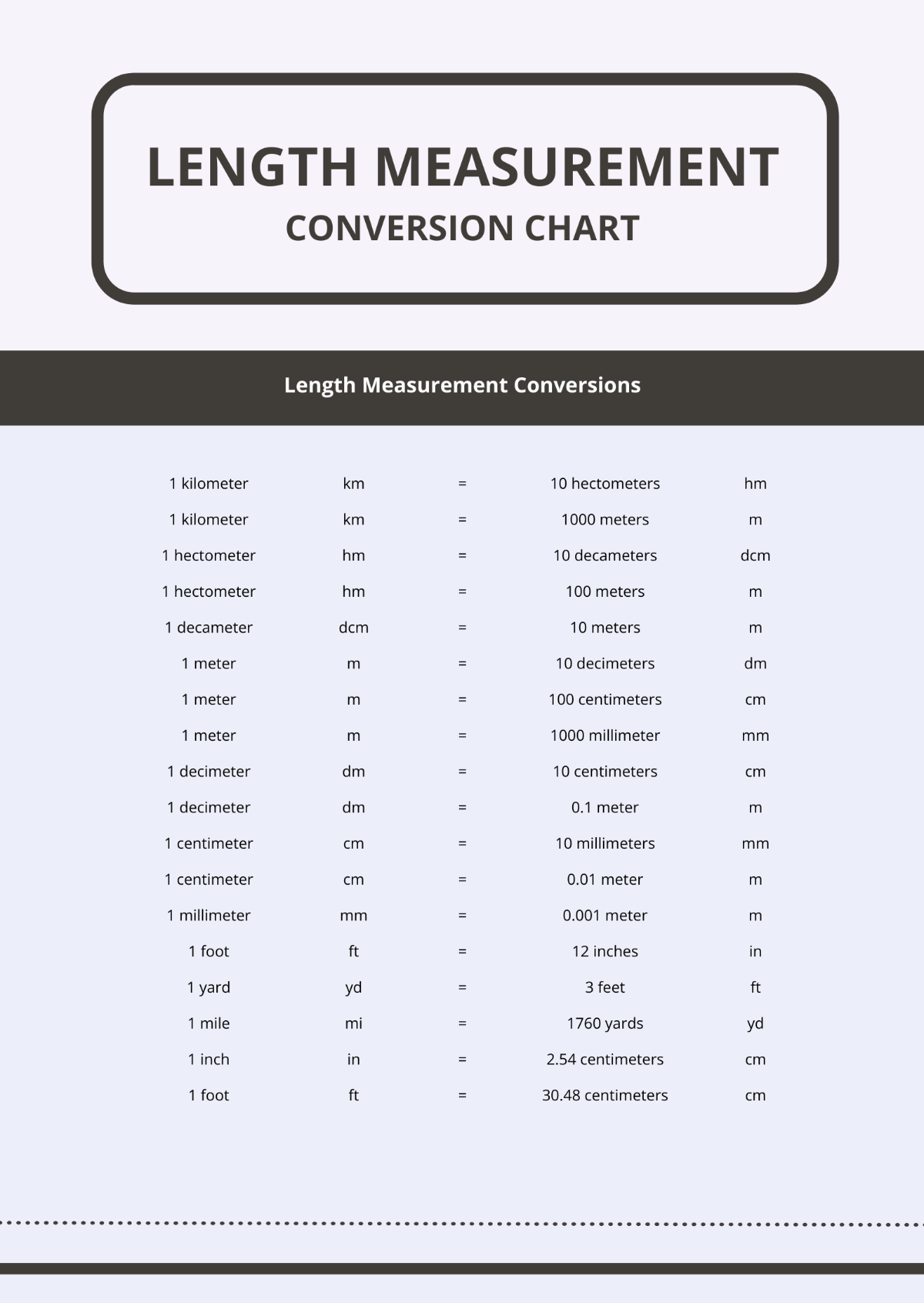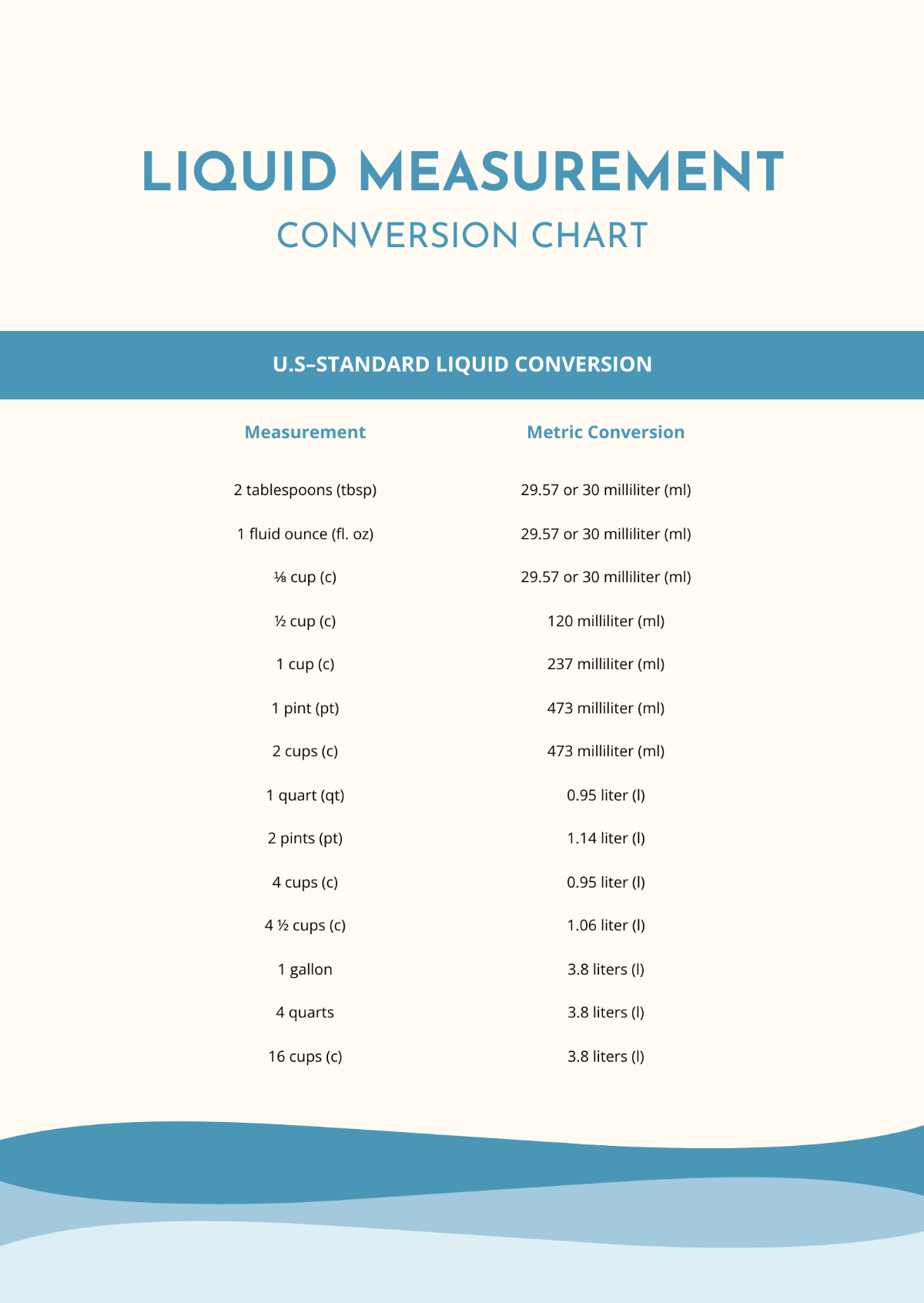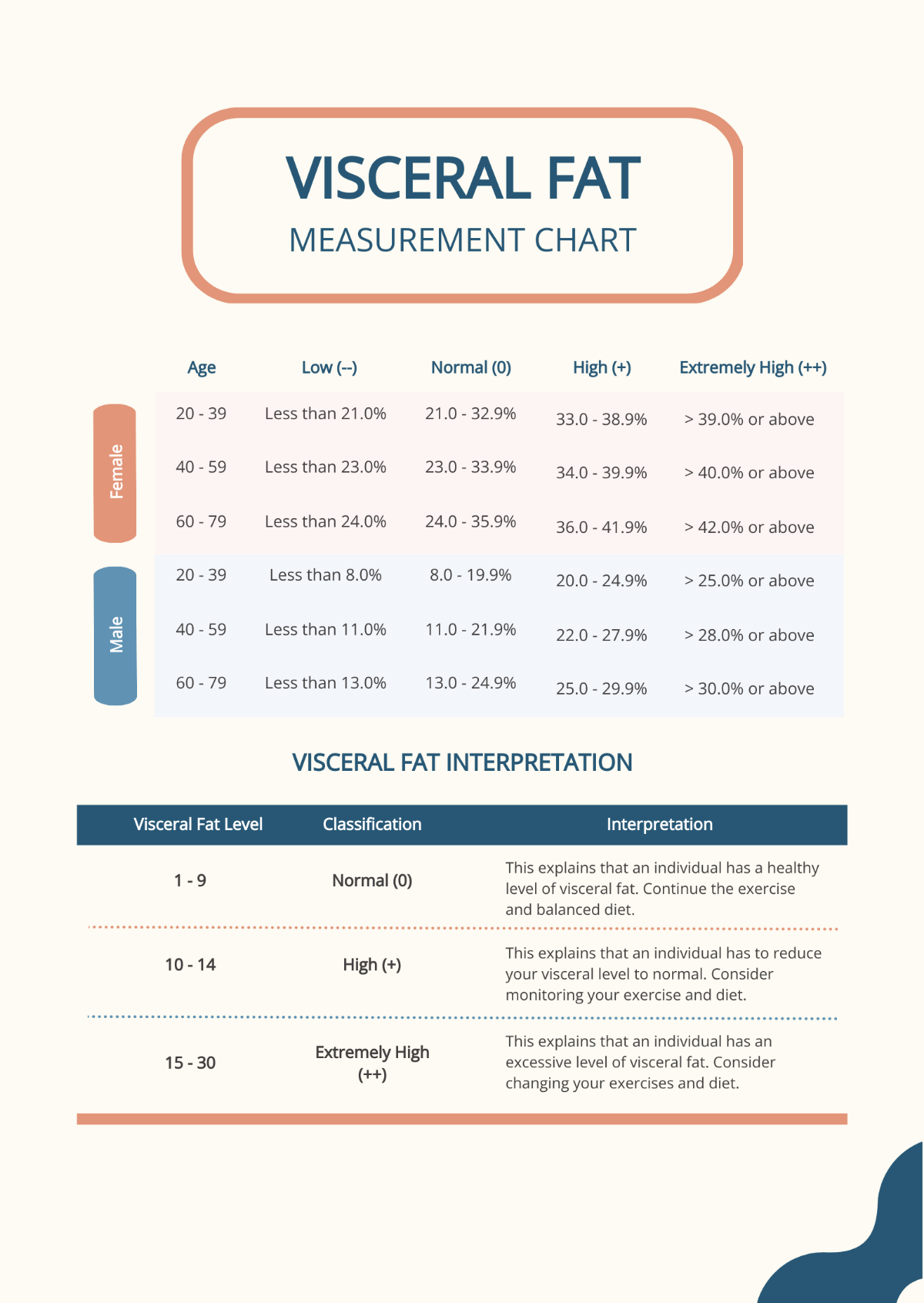Measurement Specification
I. Introduction
This document outlines the detailed specifications for the Precision Measurement System product developed by [YOUR COMPANY NAME]. It includes the objectives, requirements, and specifications that need to be met for successful development and implementation. This document is intended to serve as a comprehensive guide for all stakeholders involved in the project.
II. Objectives
The primary objective of the Precision Measurement System is to provide accurate, reliable, and consistent measurements for various parameters. The system should be user-friendly, highly precise, and capable of handling diverse measurement conditions.
III. System Overview
The Precision Measurement System will consist of the following components:
Sensors
Data Acquisition Unit
Processing Unit
User Interface
Data Storage
IV. Requirements
A. Functional Requirements
The system must be able to measure temperature, humidity, and pressure.
Measurements should be accurate within ±1% of the actual value.
The system should support real-time data acquisition and processing.
User interface must be intuitive and user-friendly.
Data should be stored securely and be easily retrievable.
B. Non-Functional Requirements
The system must have high reliability and uptime of 99.9%.
The system should be scalable to accommodate future enhancements.
System operation should conform to industry standards for safety and performance.
Response time for measurements should not exceed 2 seconds.
V. System Specifications
Below is a table outlining the detailed specifications for each component of the Precision Measurement System:
Component | Specification |
|---|---|
Sensors | Must operate within -20°C to 50°C, humidity range of 0% to 100%, and pressure range of 0 to 10 bar |
Data Acquisition Unit | Supports sampling rates of up to 1000 samples per second. Must have built-in noise reduction and data filtering capabilities |
Processing Unit | Processor speed of at least 1 GHz, minimum 2 GB RAM, with support for floating-point arithmetic |
User Interface | Graphical interface with touch-screen support, real-time data visualization, and customizable user settings |
Data Storage | At least 64 GB of storage capacity, support for external storage devices, and data encryption |
VI. Performance Parameters
Accuracy: ±1% for all measurements
Response Time: < 2 seconds
Uptime: 99.9%
Sampling Rate: Up to 1000 samples per second
VII. Compliance and Standards
The Precision Measurement System must comply with the following standards and regulations:
ISO 9001:2015 for quality management systems
IEC 61010-1 for safety requirements for electrical equipment
RoHS Directive for the restriction of hazardous substances
CE marking for conformity with EU regulations
VIII. Testing and Validation
The system must undergo rigorous testing and validation, including:
Unit Testing: Testing individual components for functionality
Integration Testing: Ensuring all components work together
System Testing: Complete end-to-end testing of the system
User Acceptance Testing: Validation by end-users to ensure the system meets requirements
IX. Deployment and Maintenance
Deployment involves the installation of the system at the user site, followed by validation to confirm all specifications are met. Maintenance plans must include regular software updates, hardware checks, and user training sessions. A support team should be available 24/7 to handle any issues that arise.
X. Conclusion
This document provides a comprehensive set of requirements and specifications that the Precision Measurement System must meet. Adhering to these guidelines will ensure the successful creation of a high-quality, reliable measurement system.
